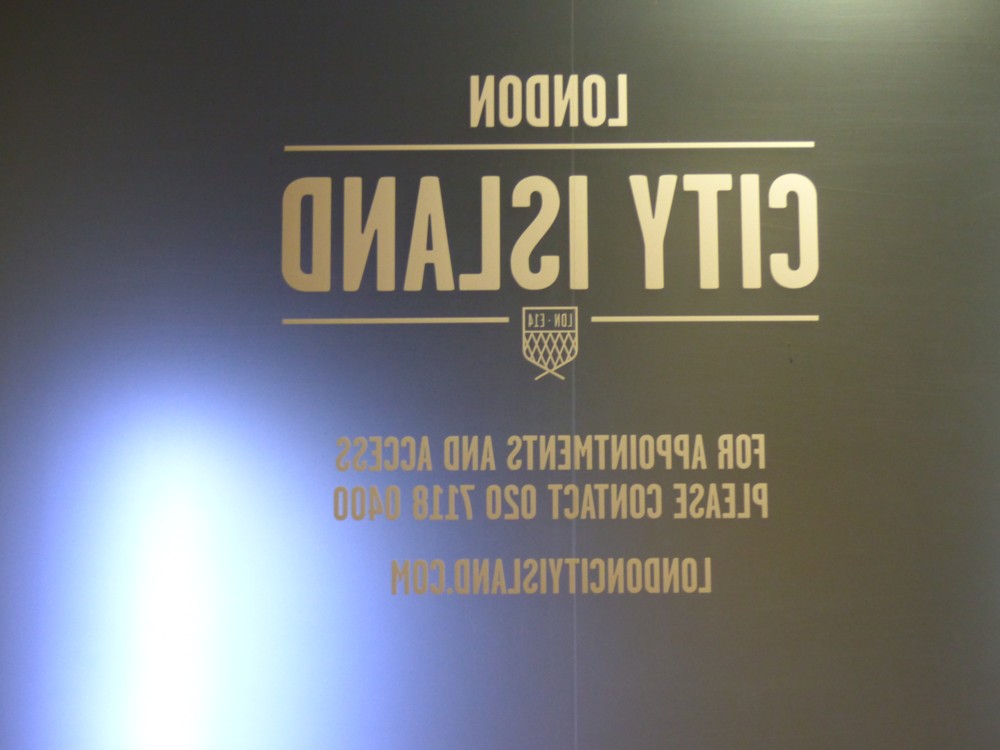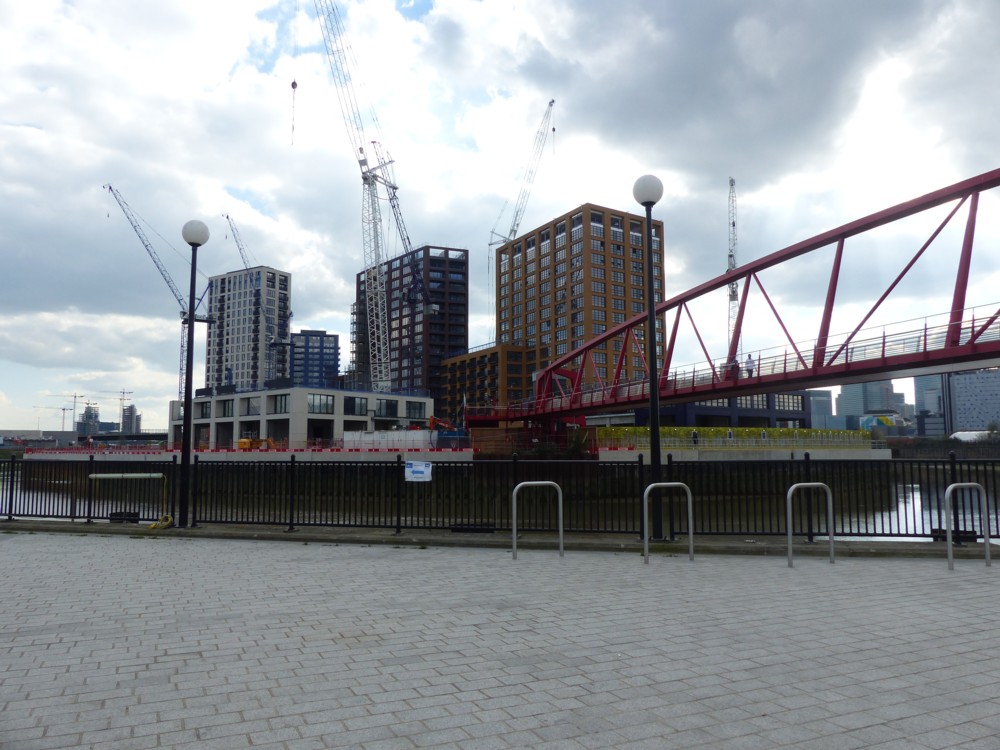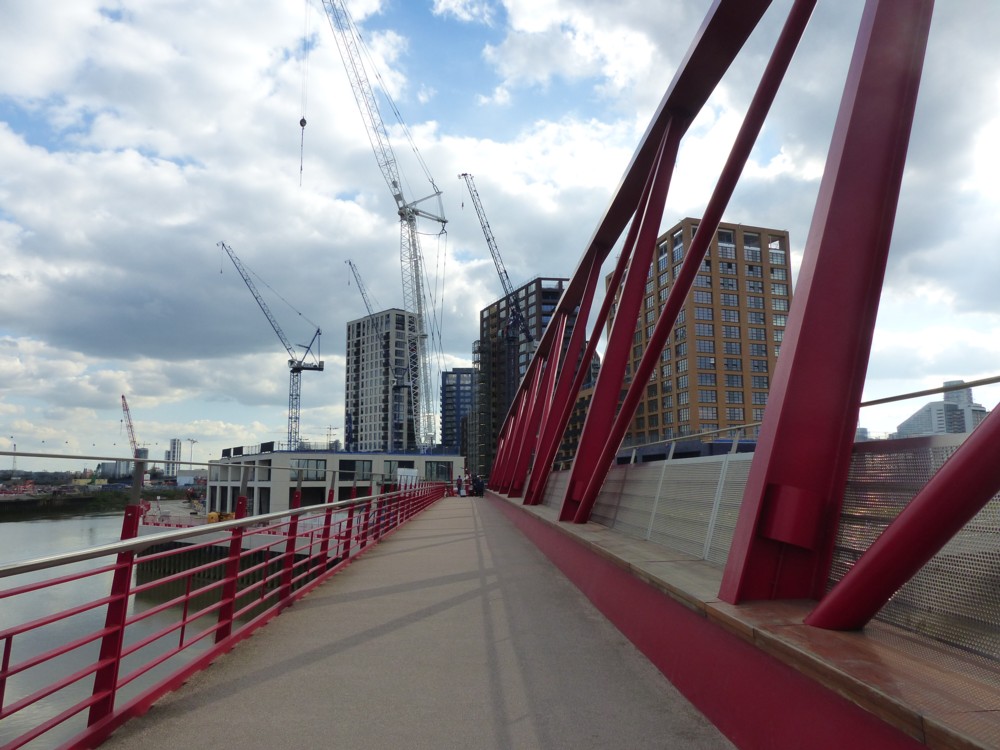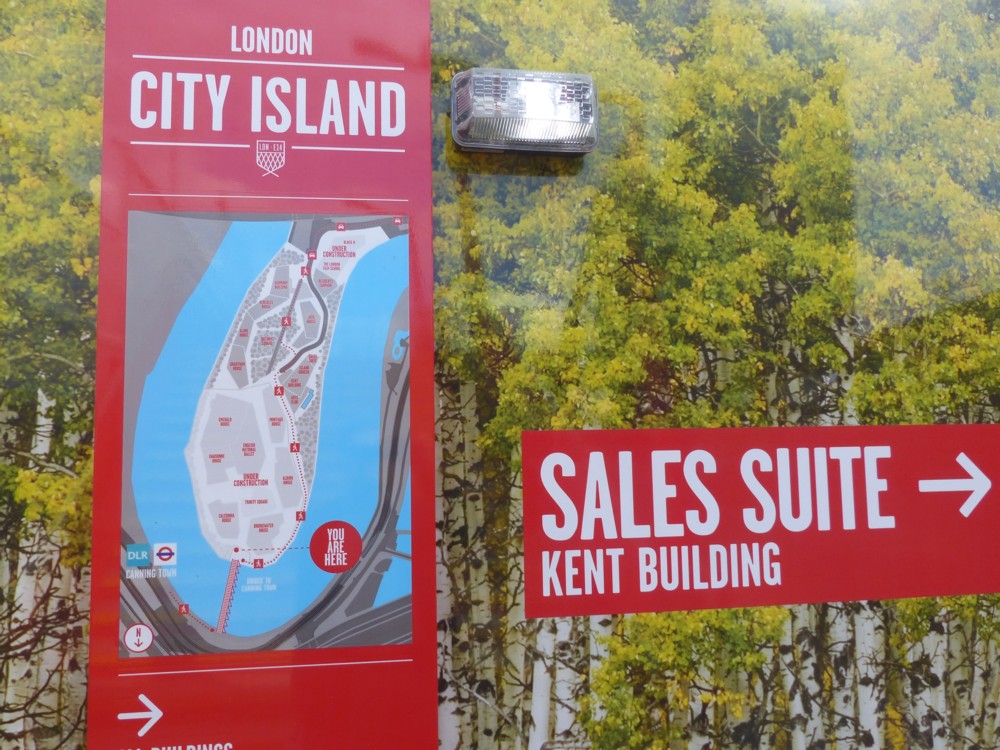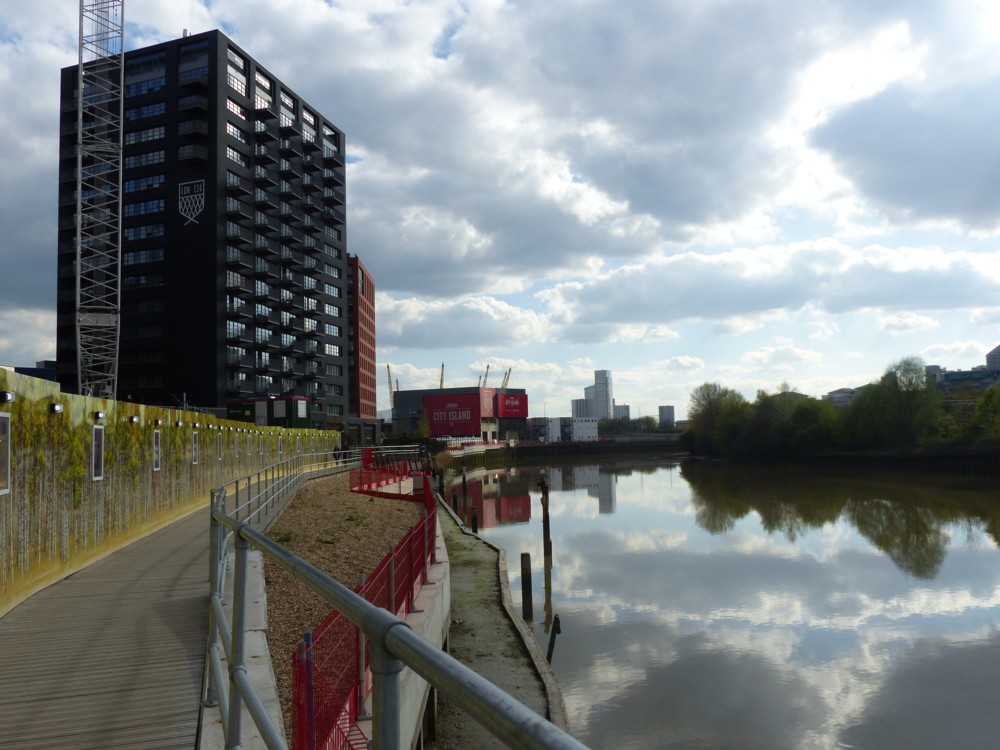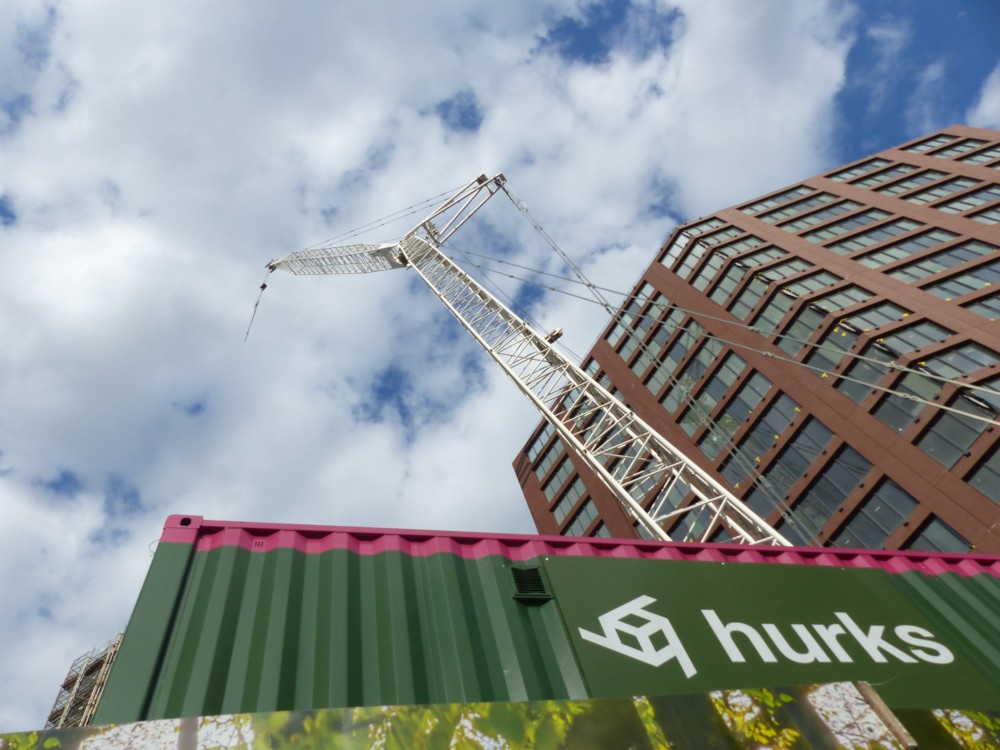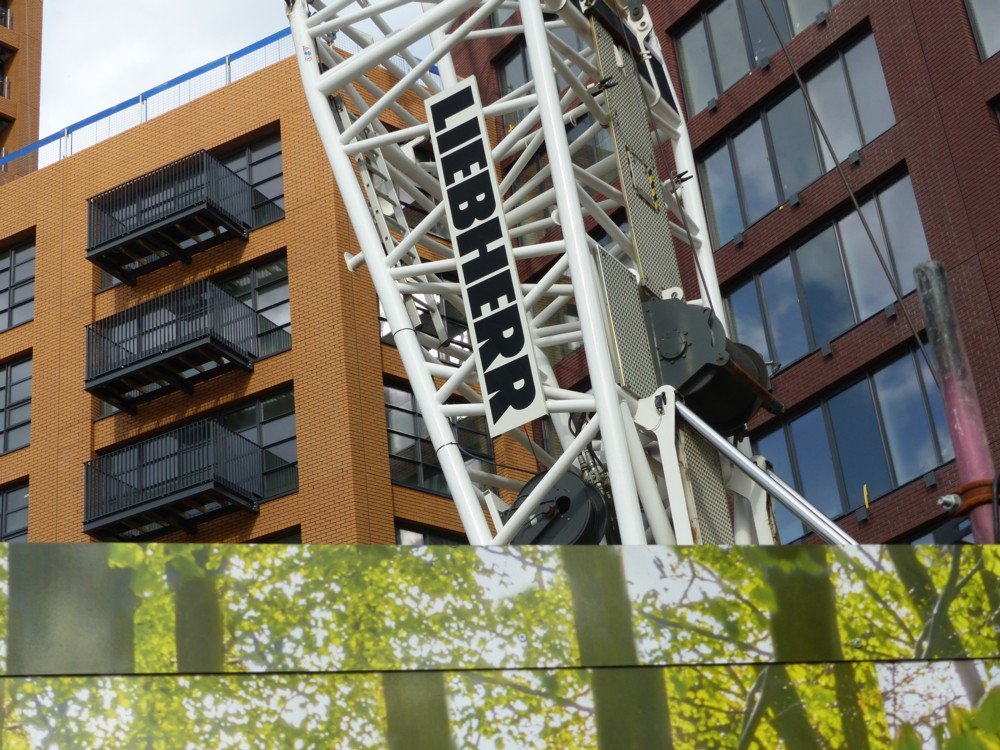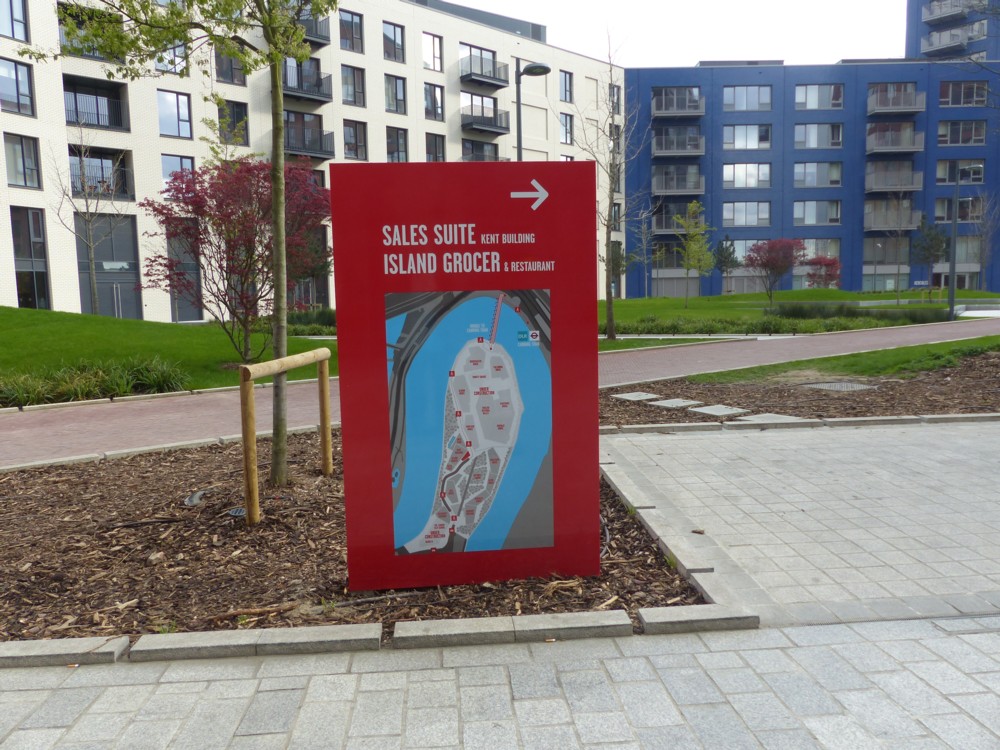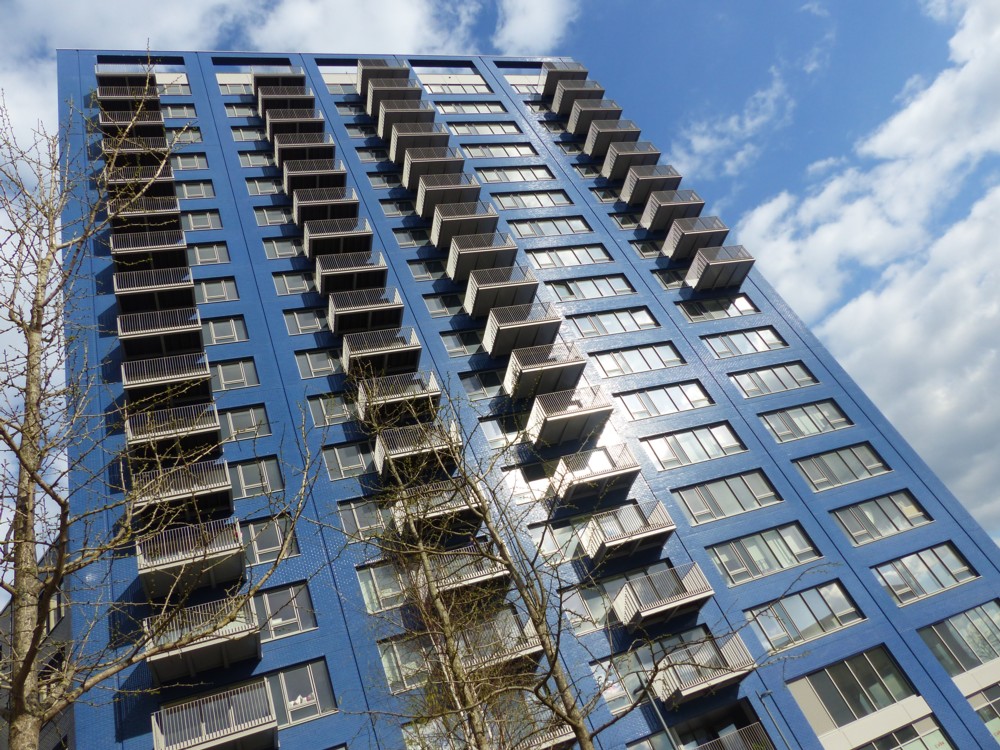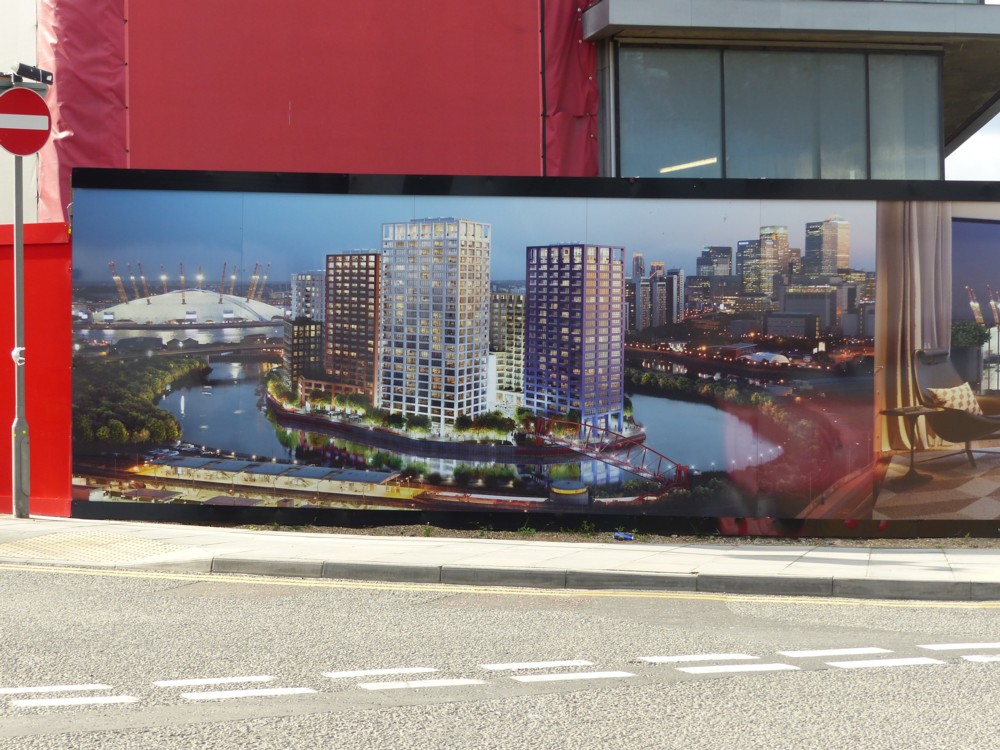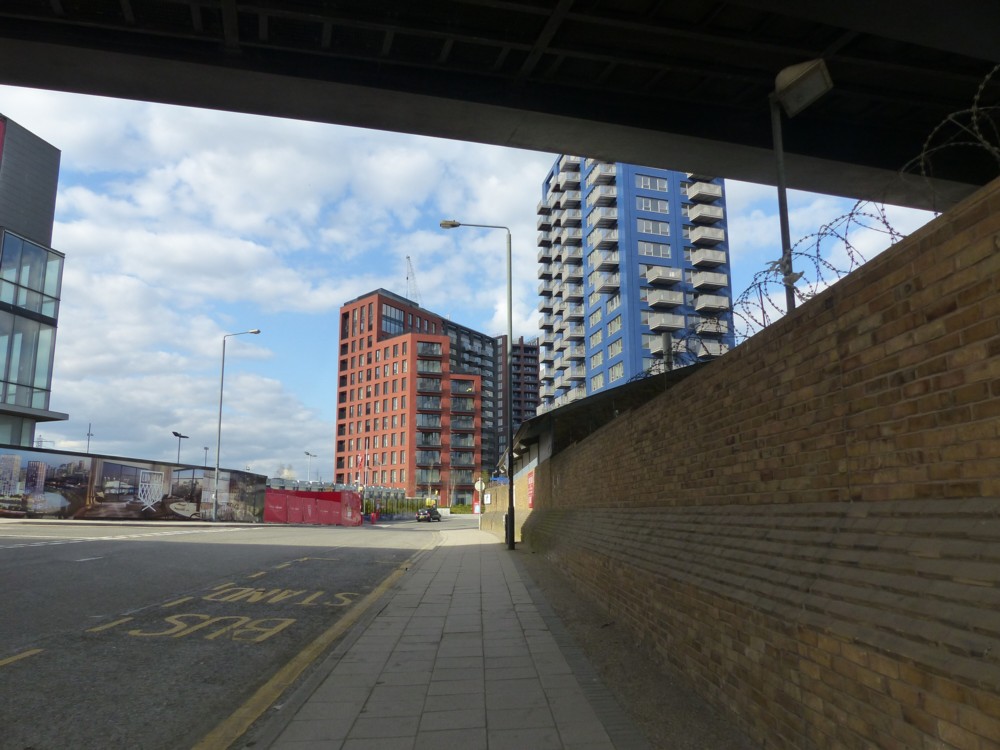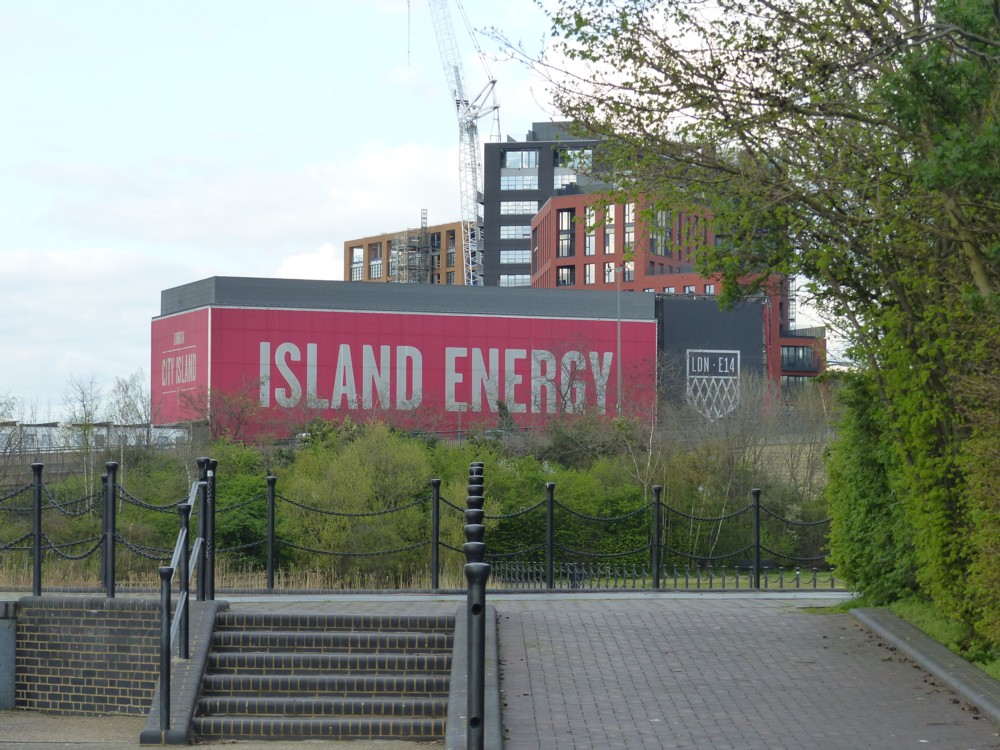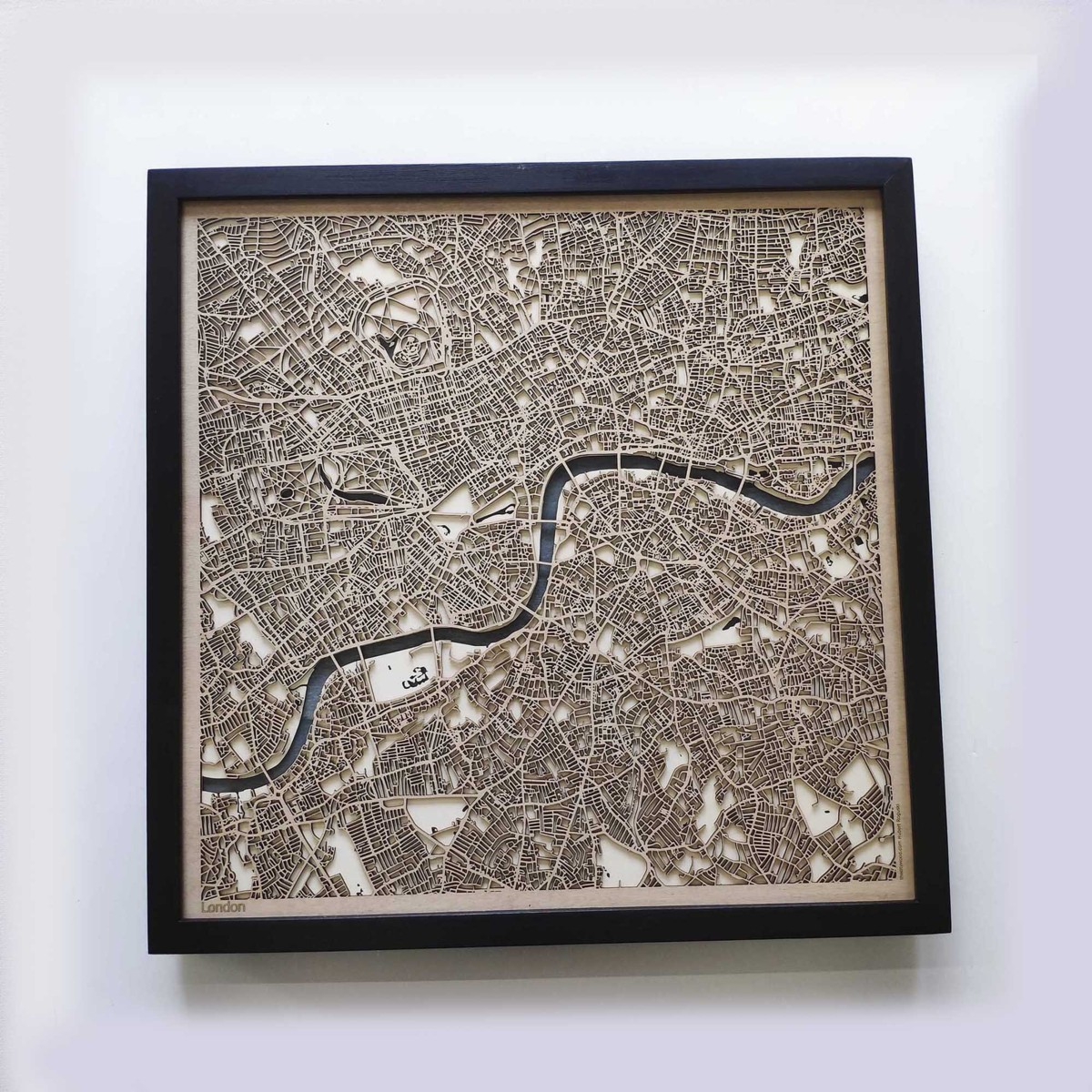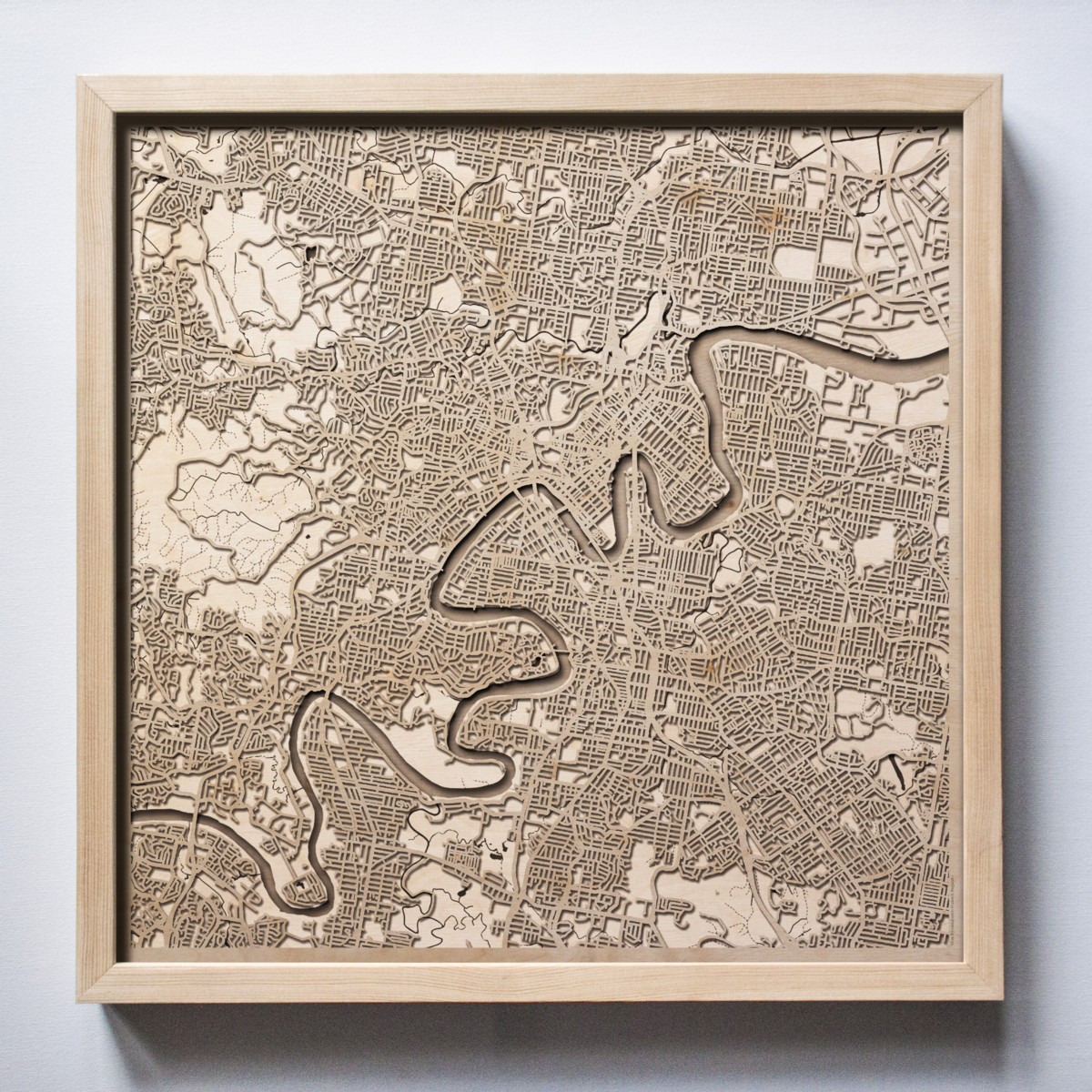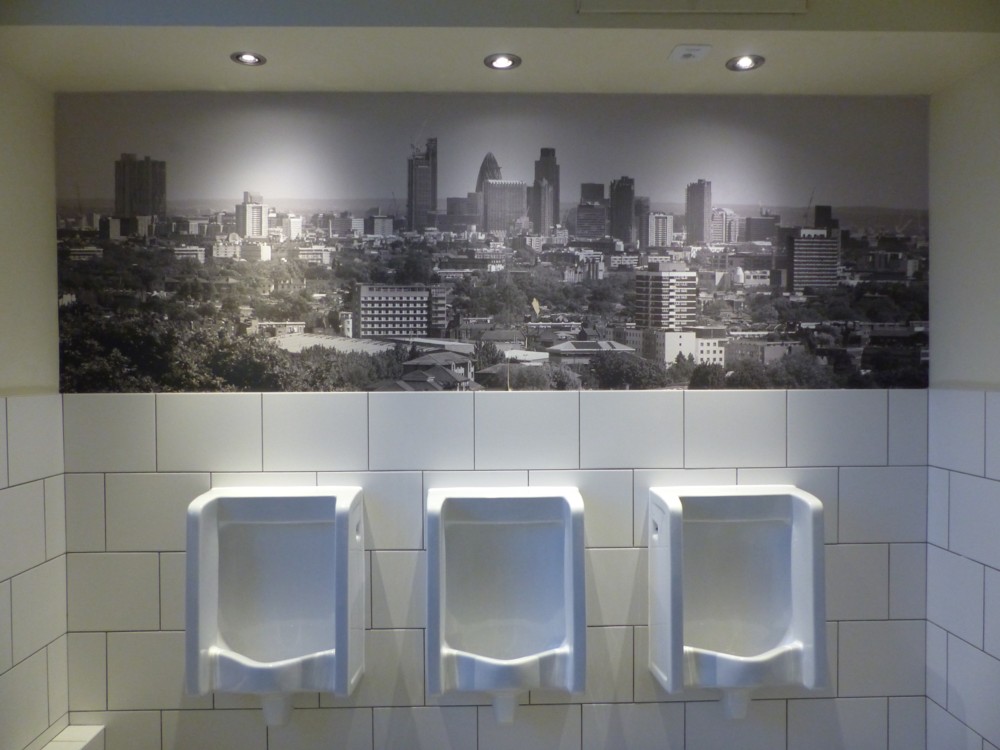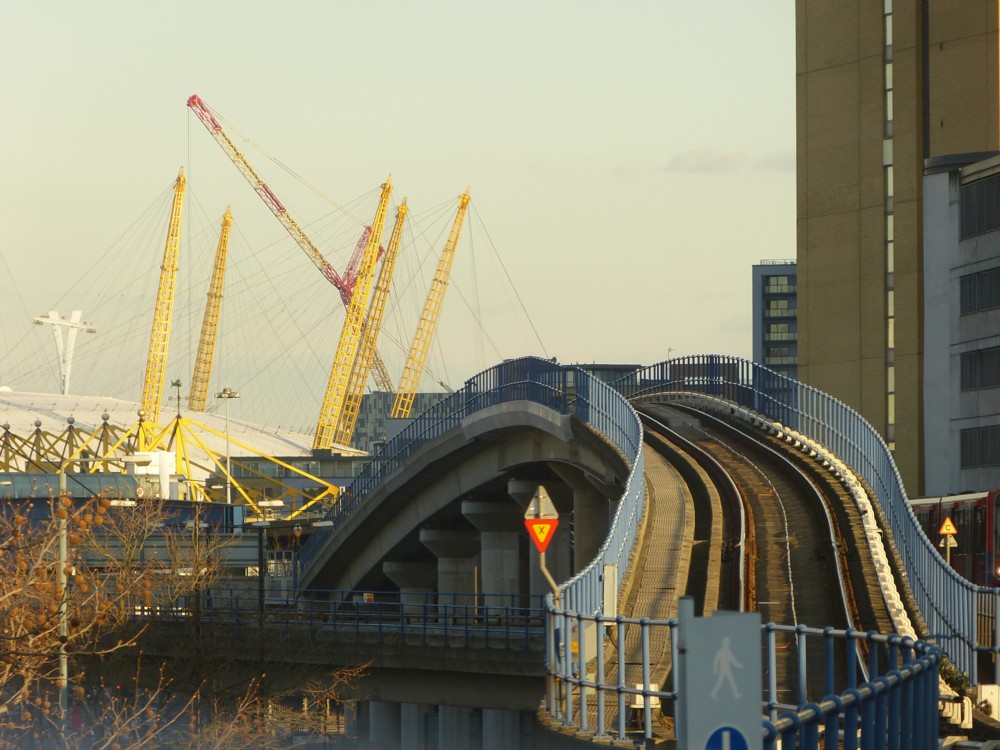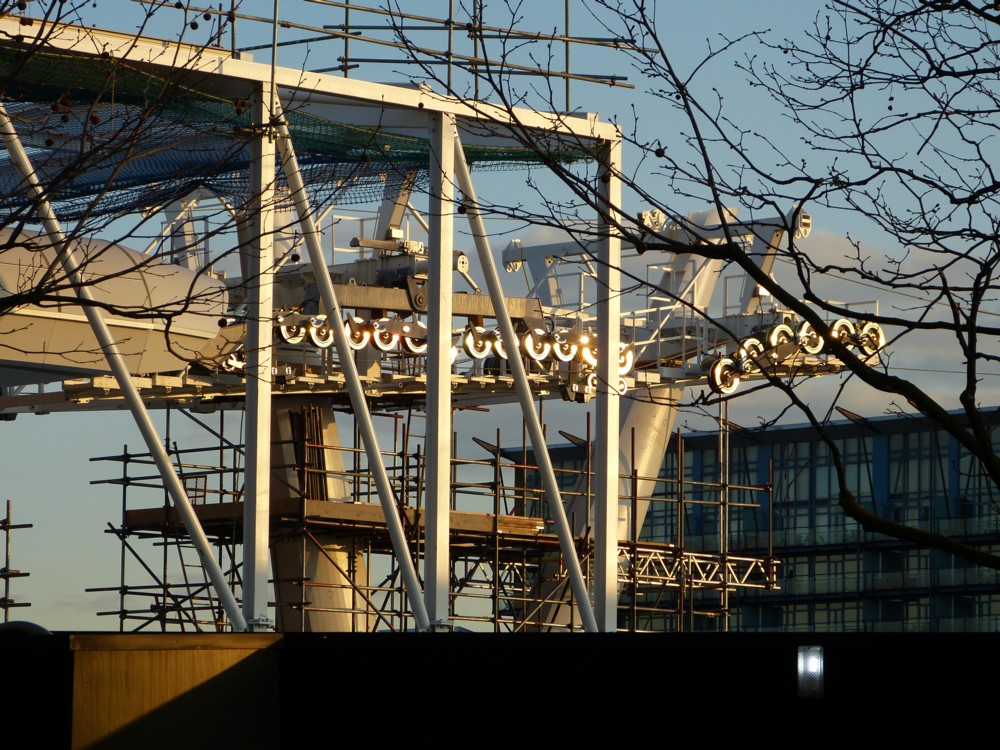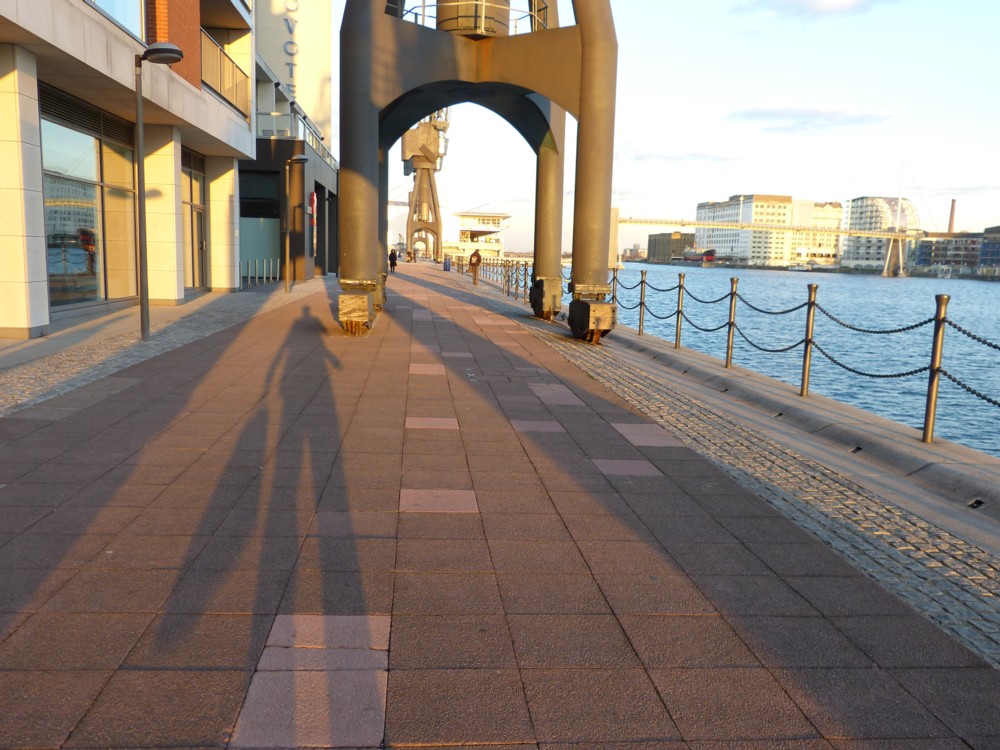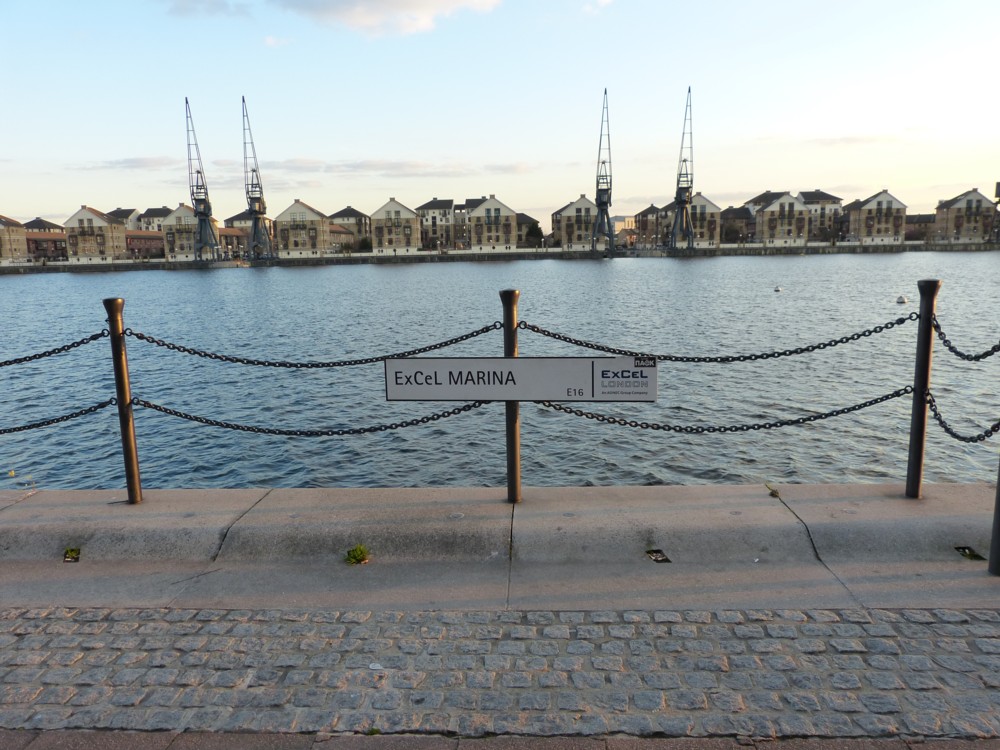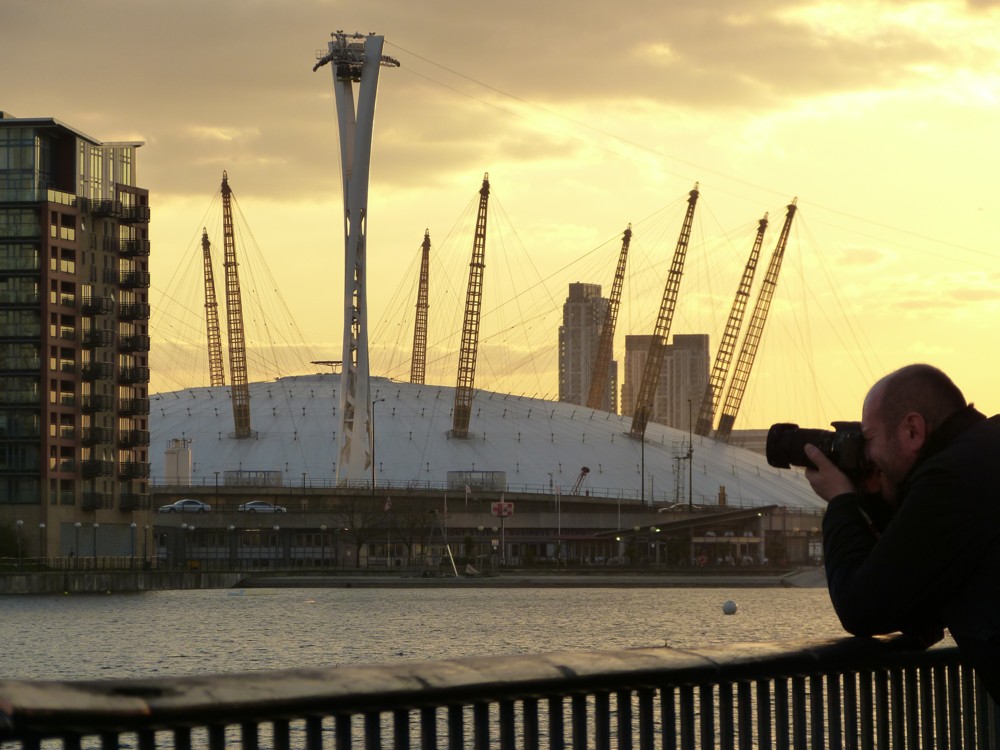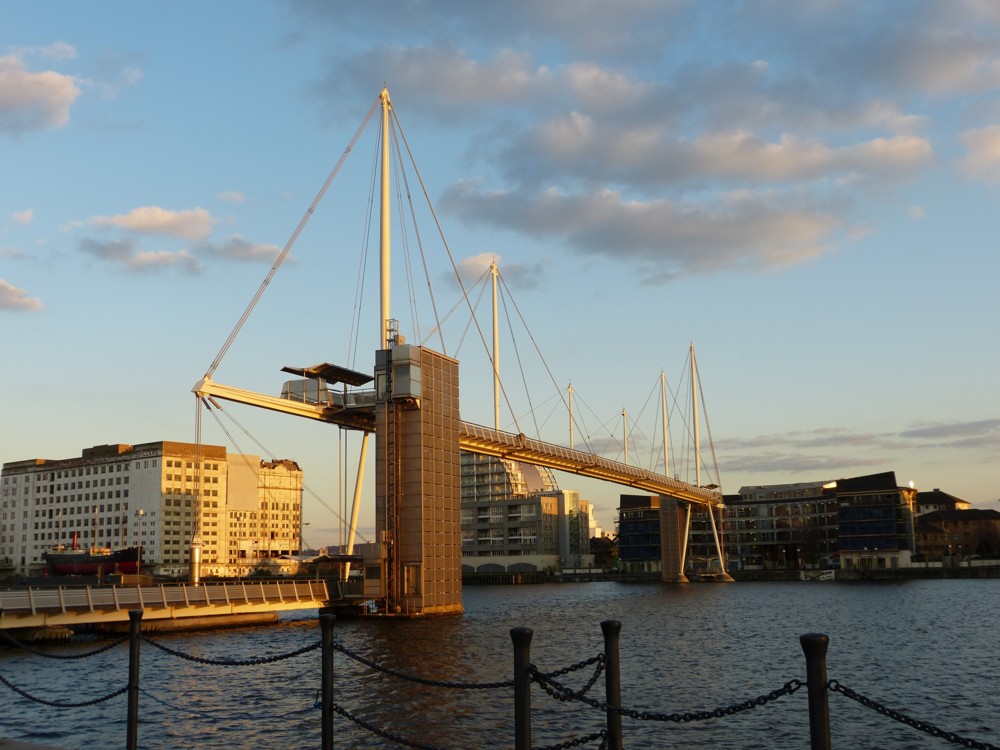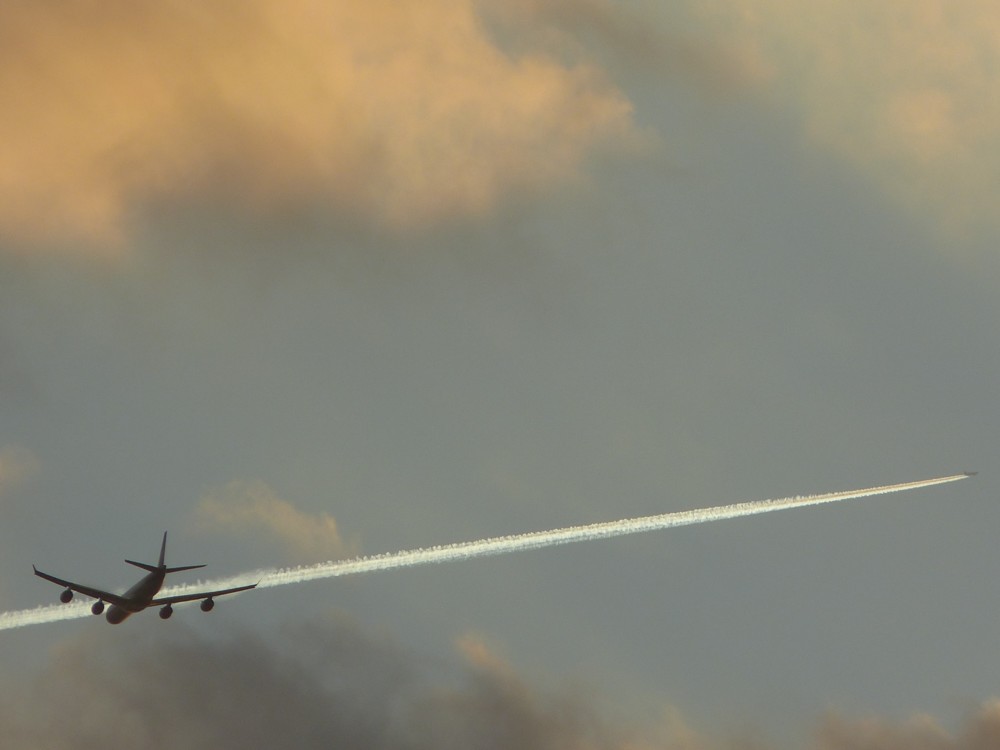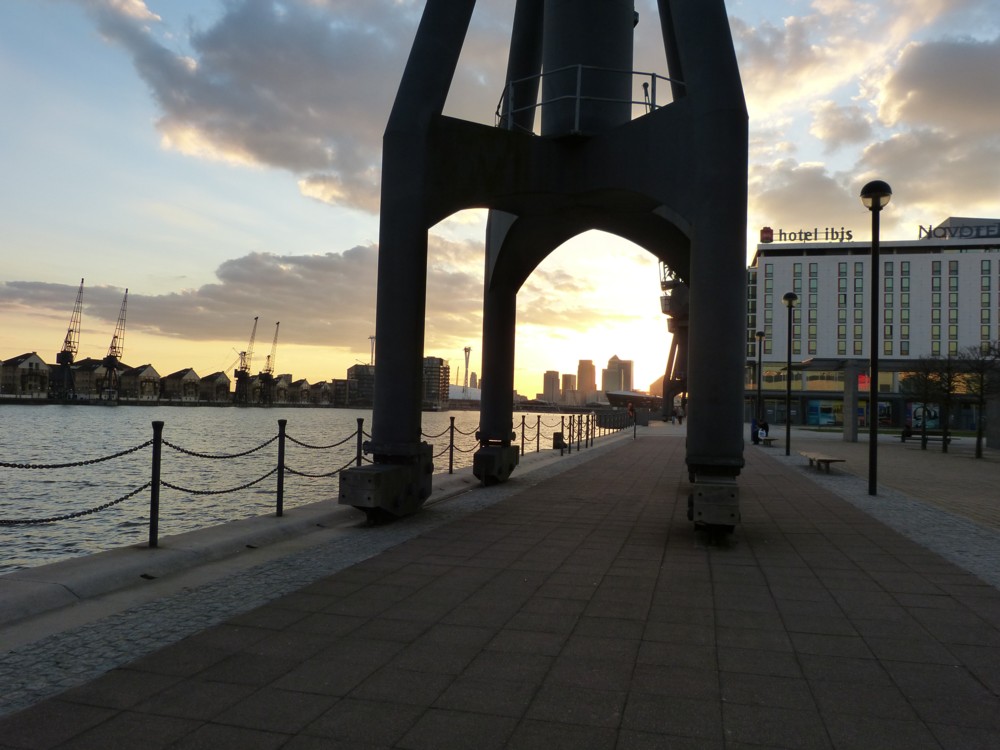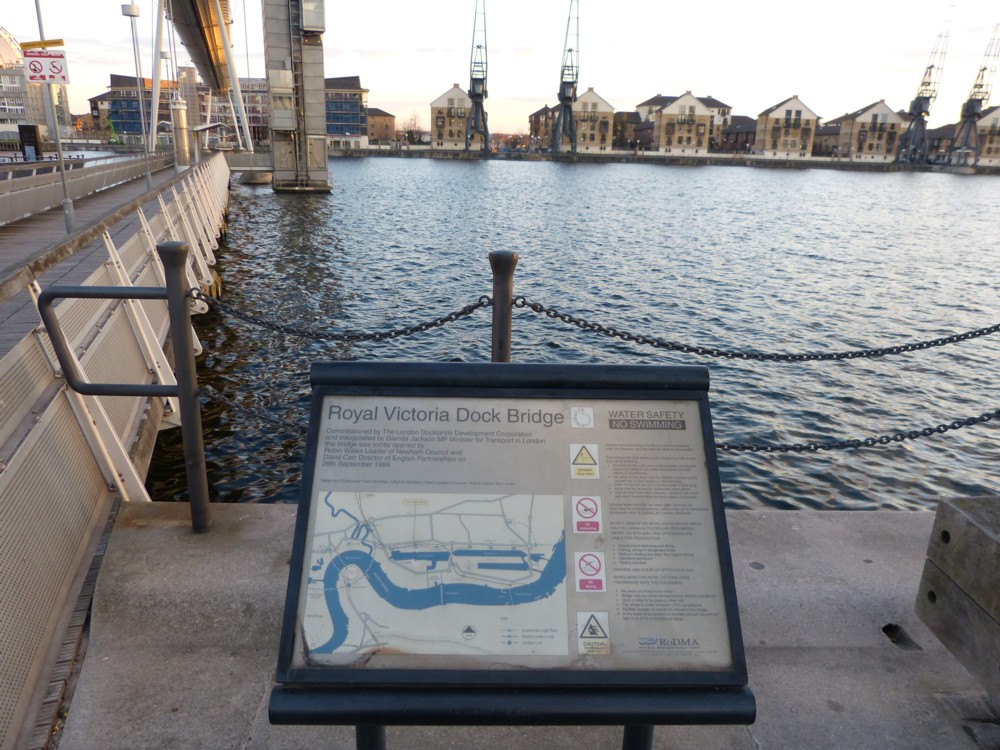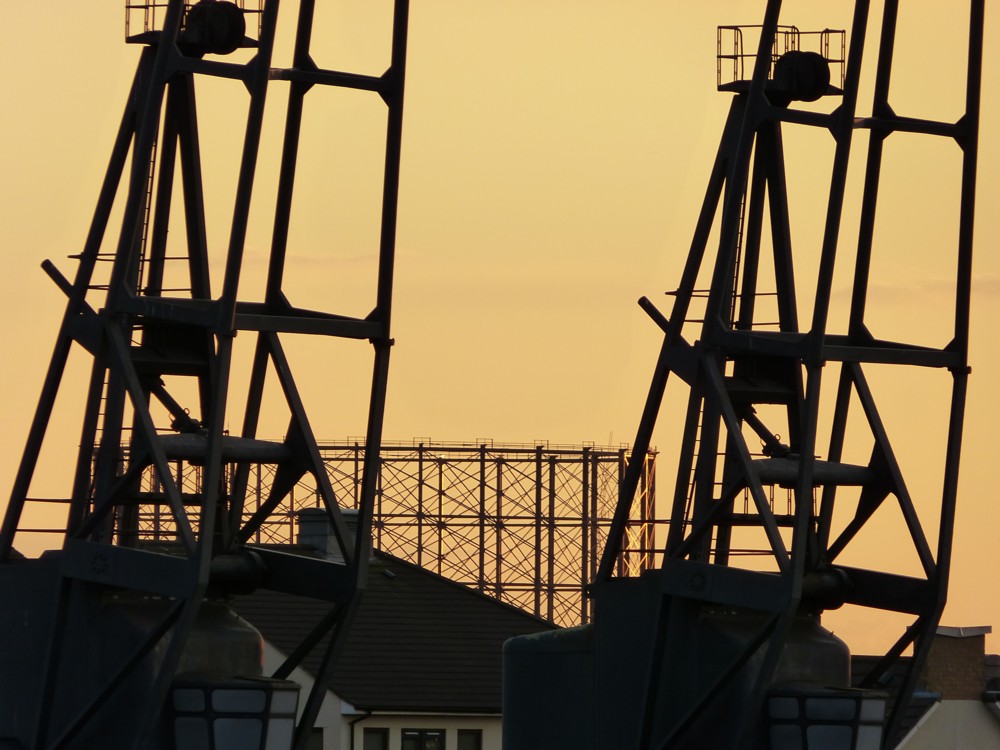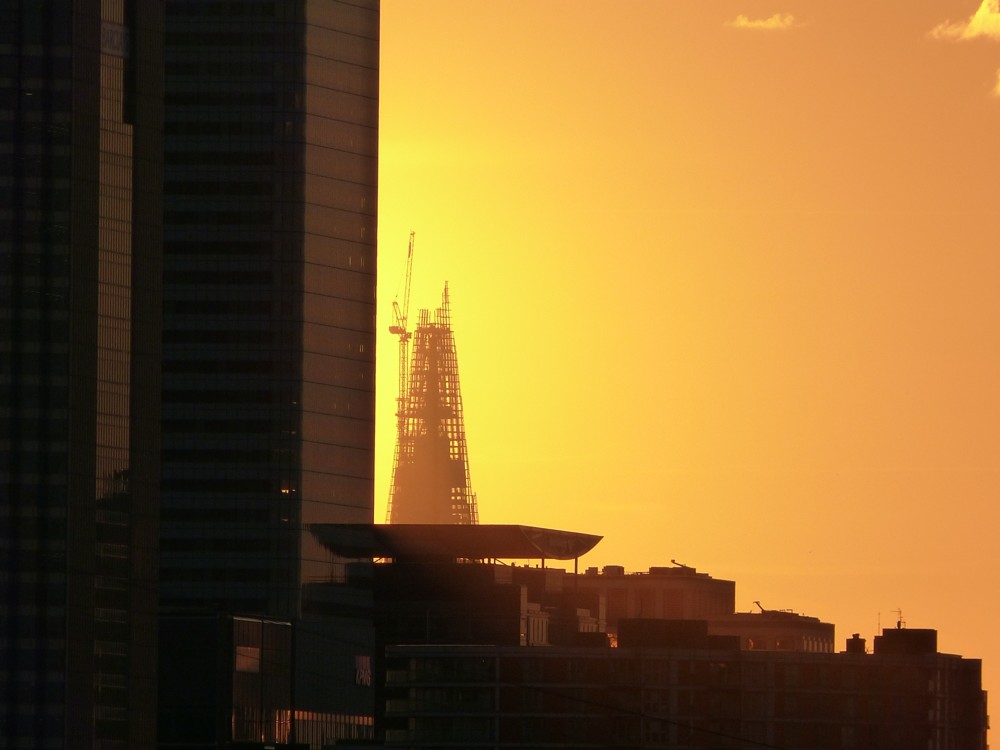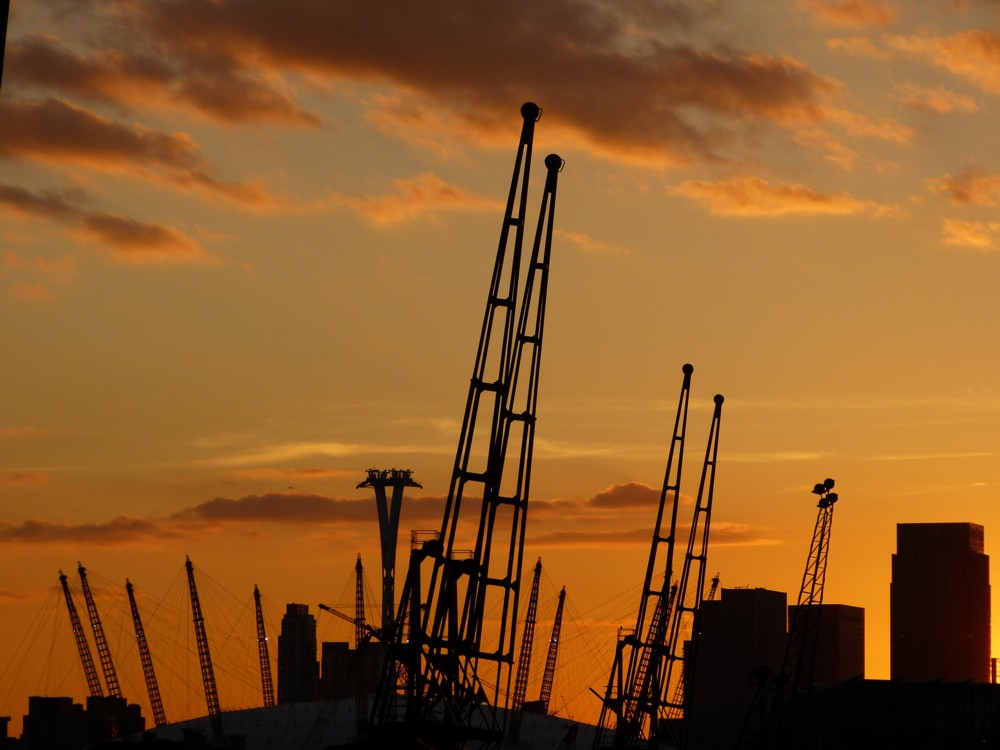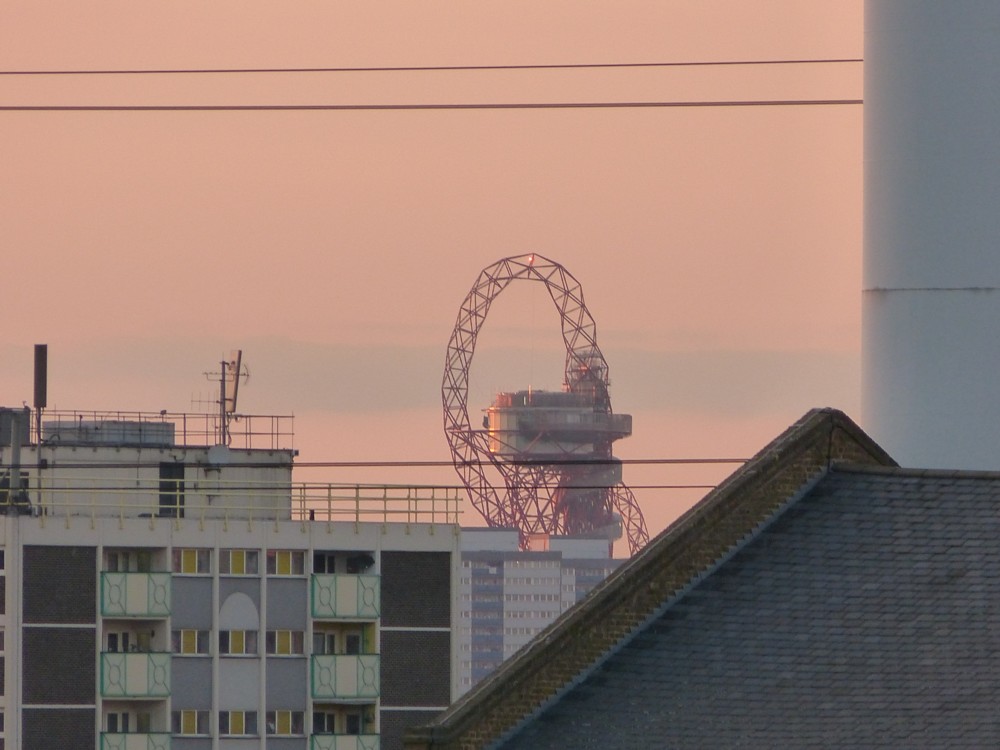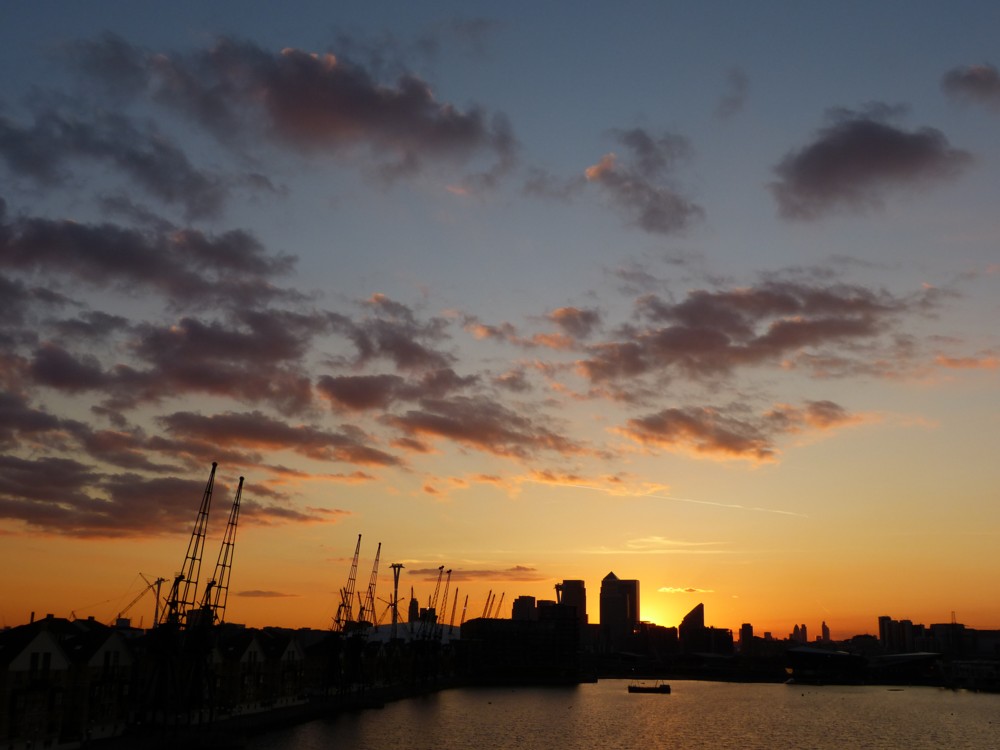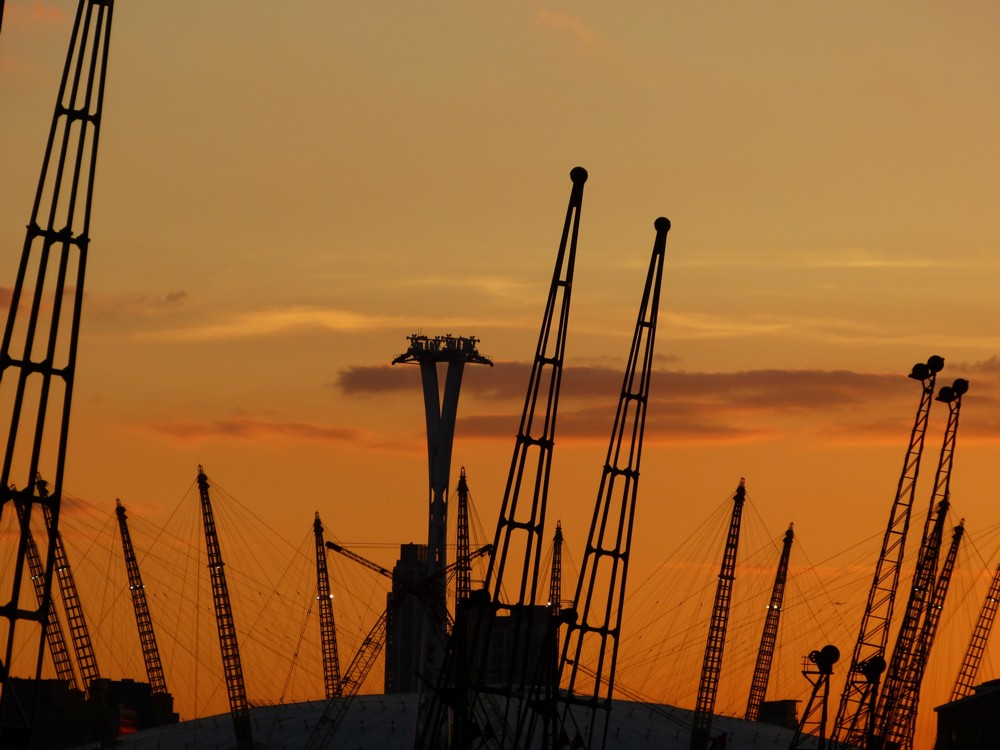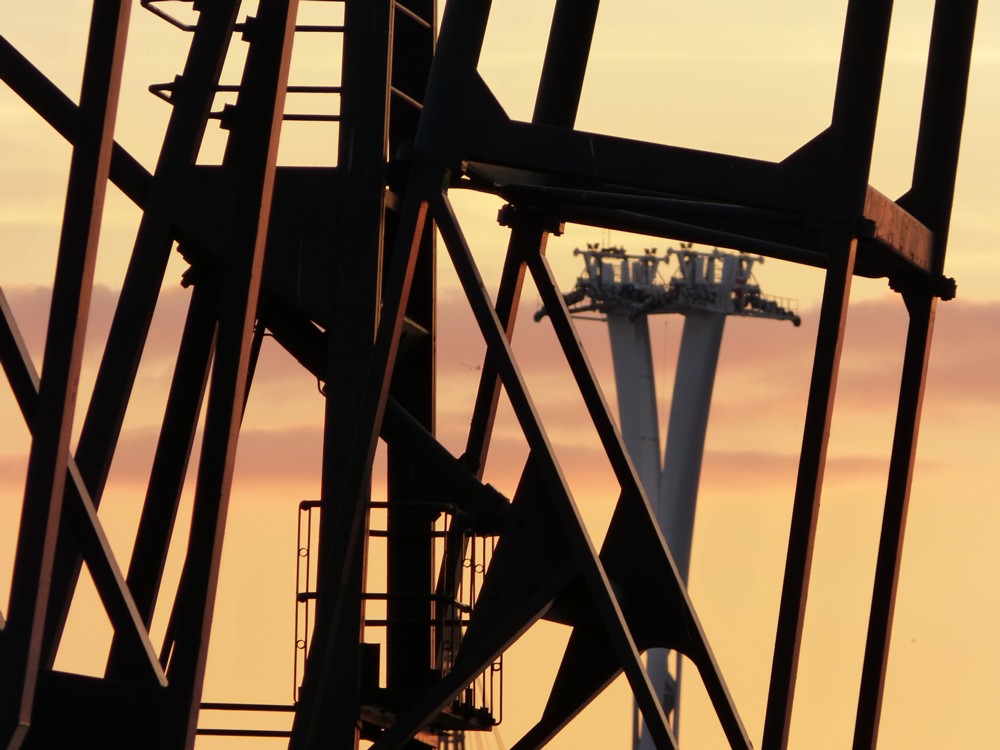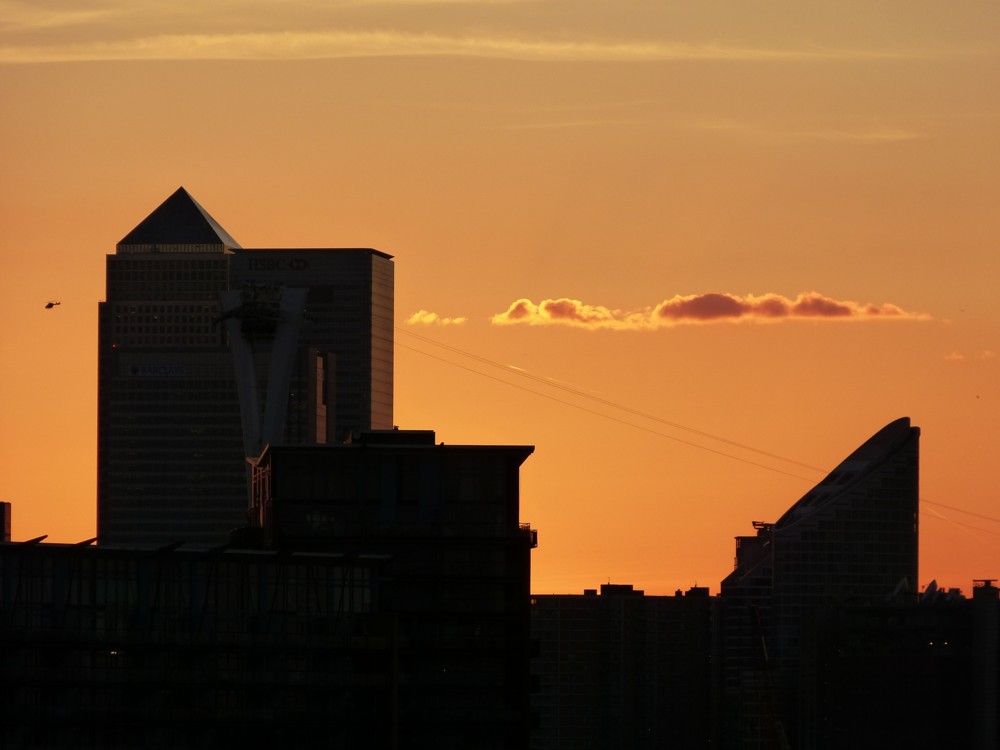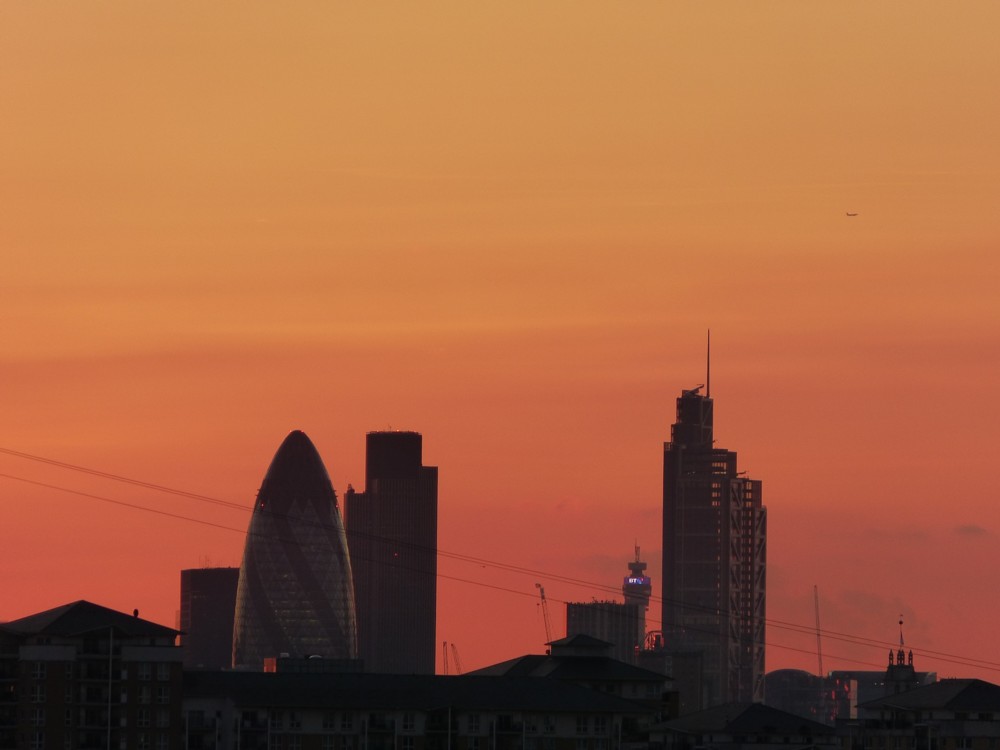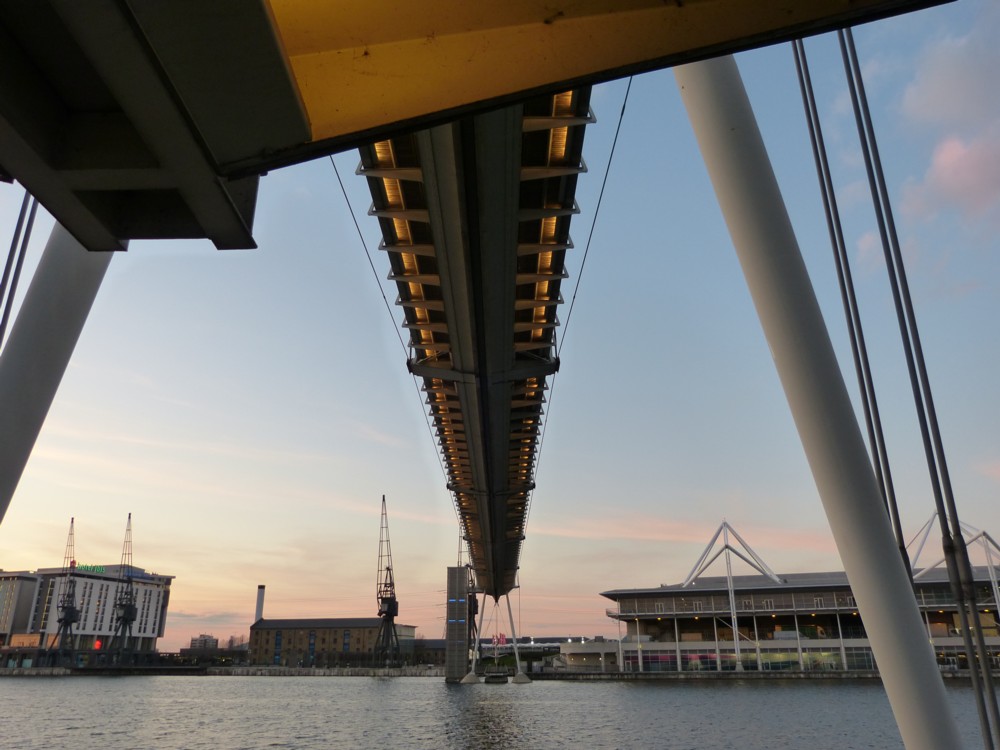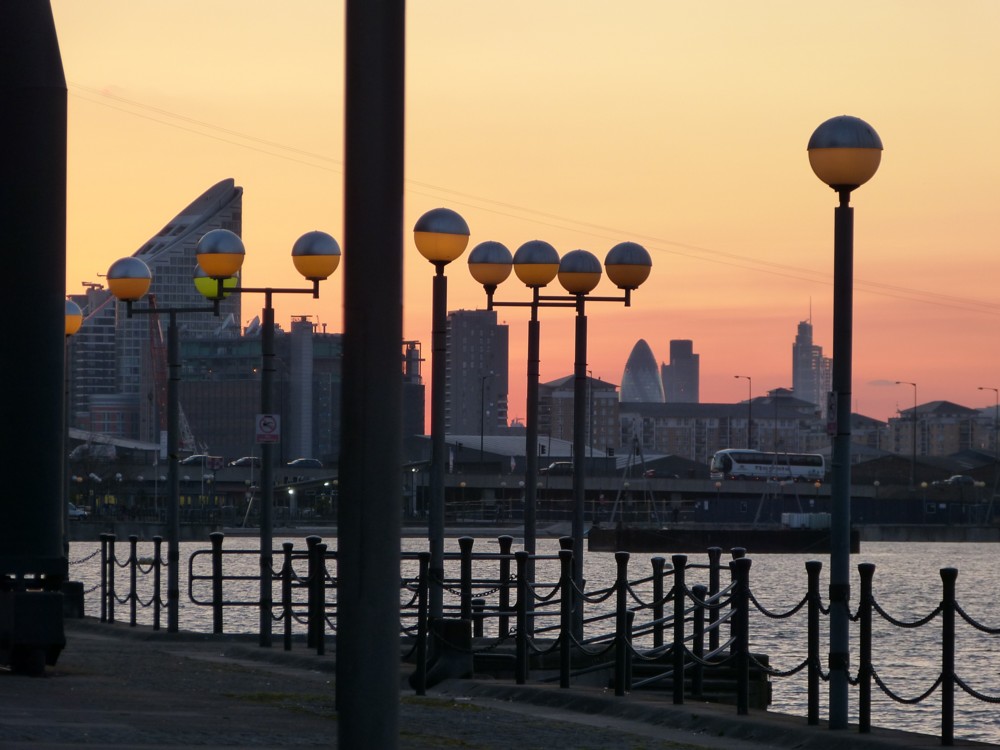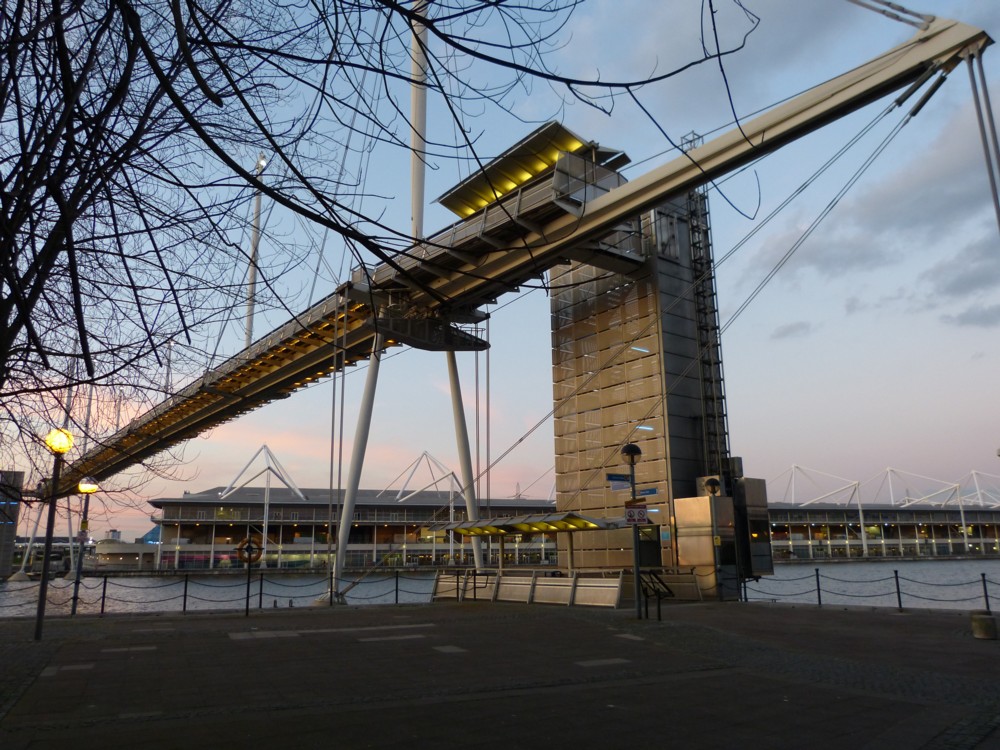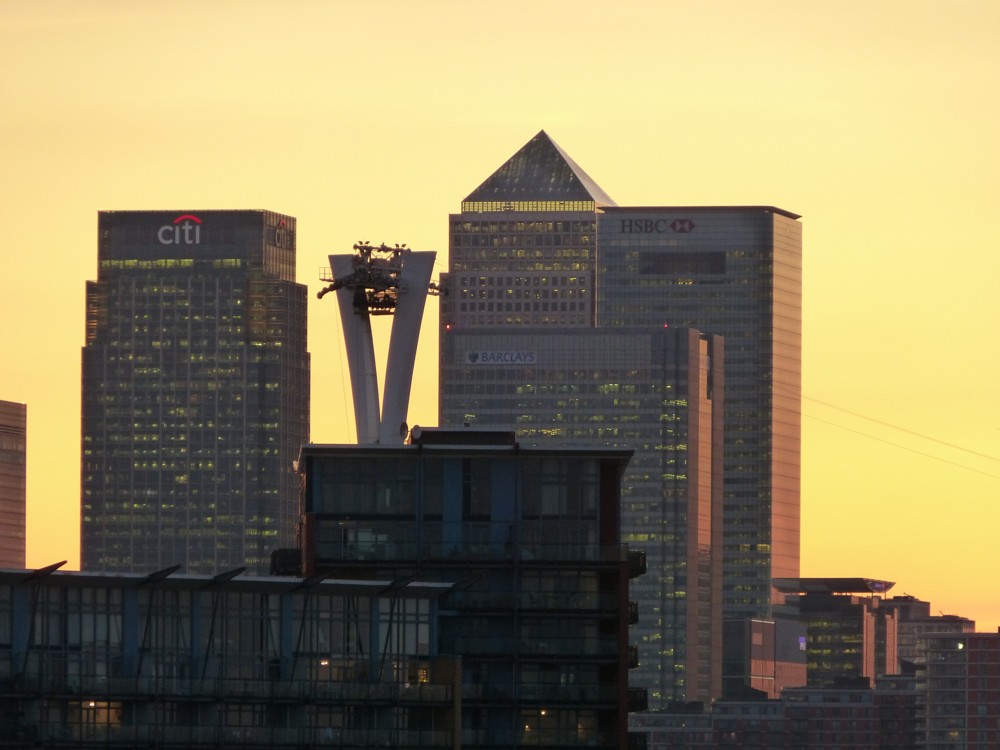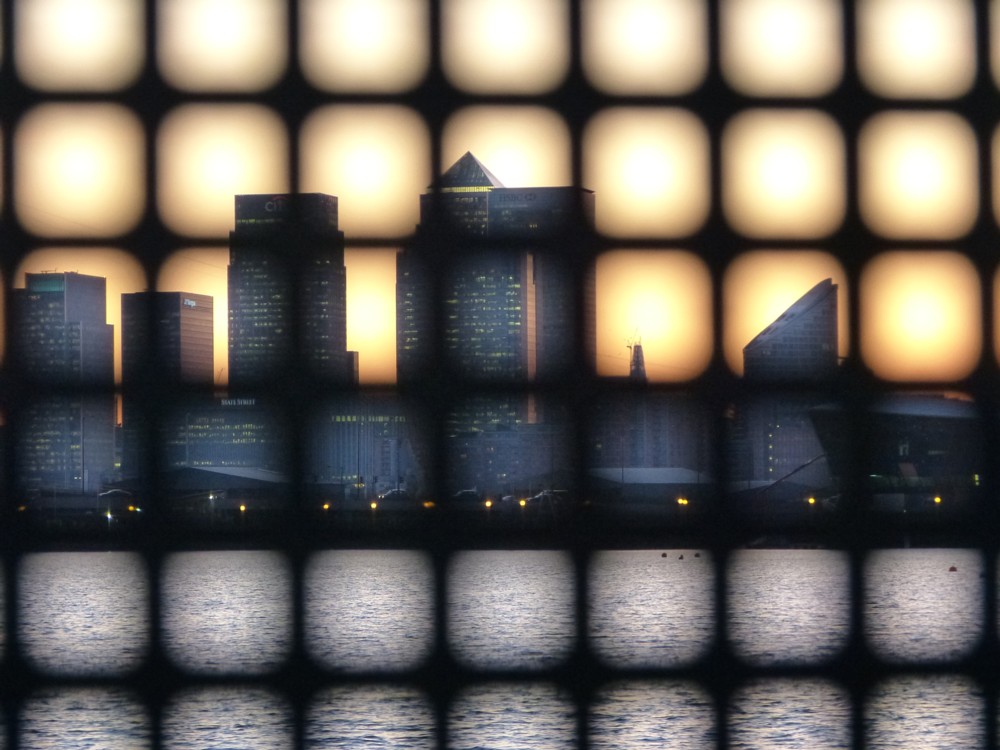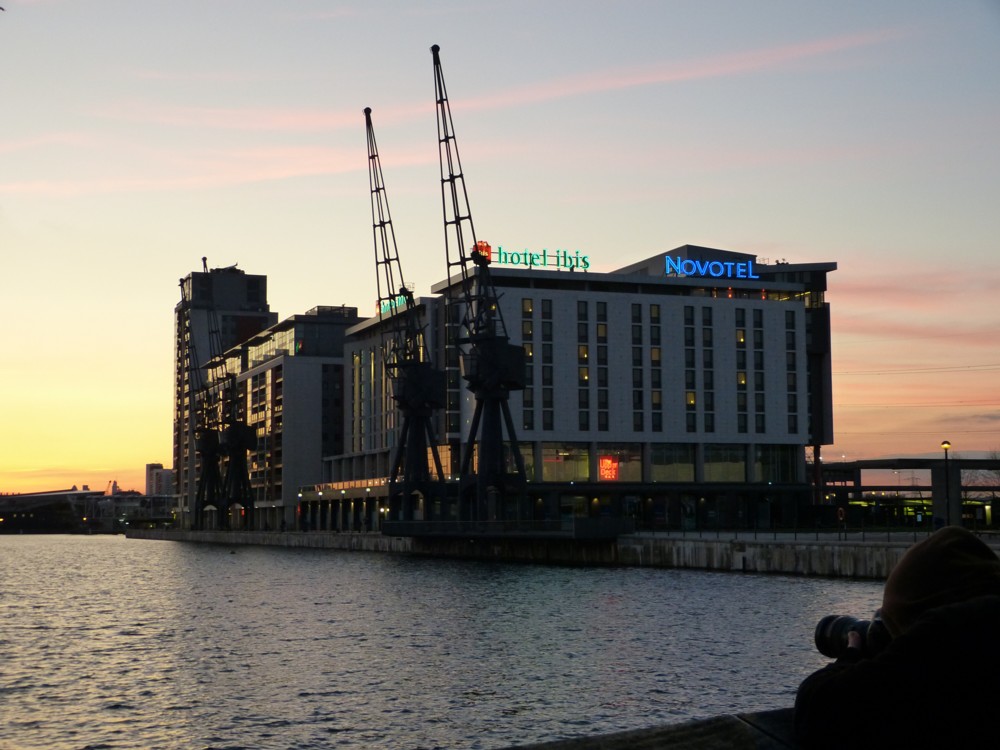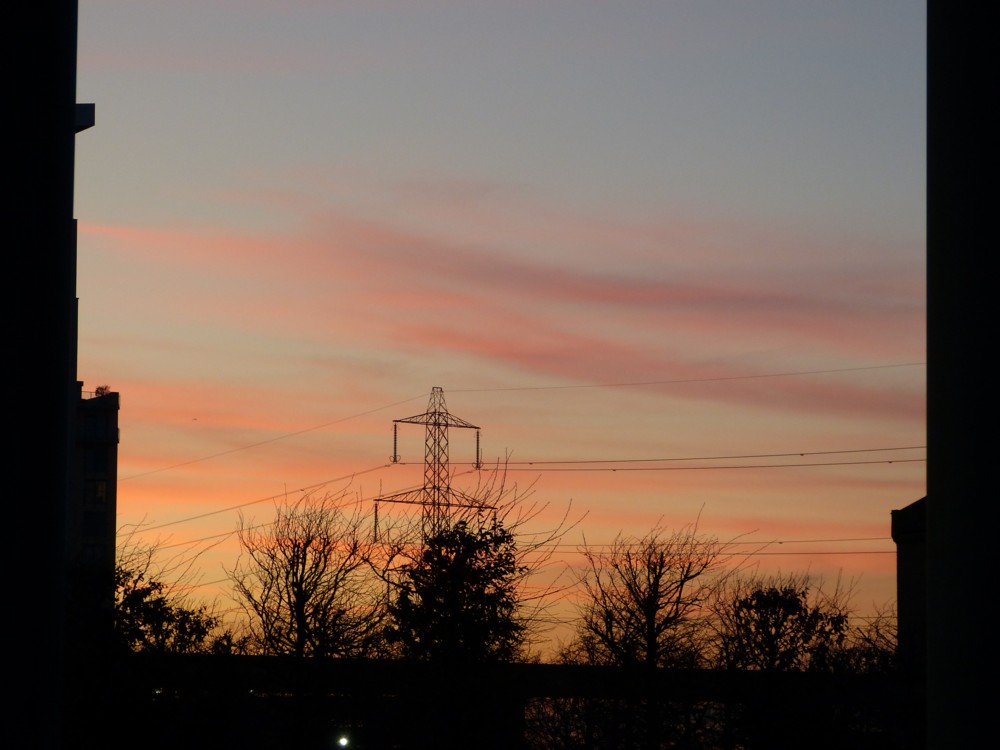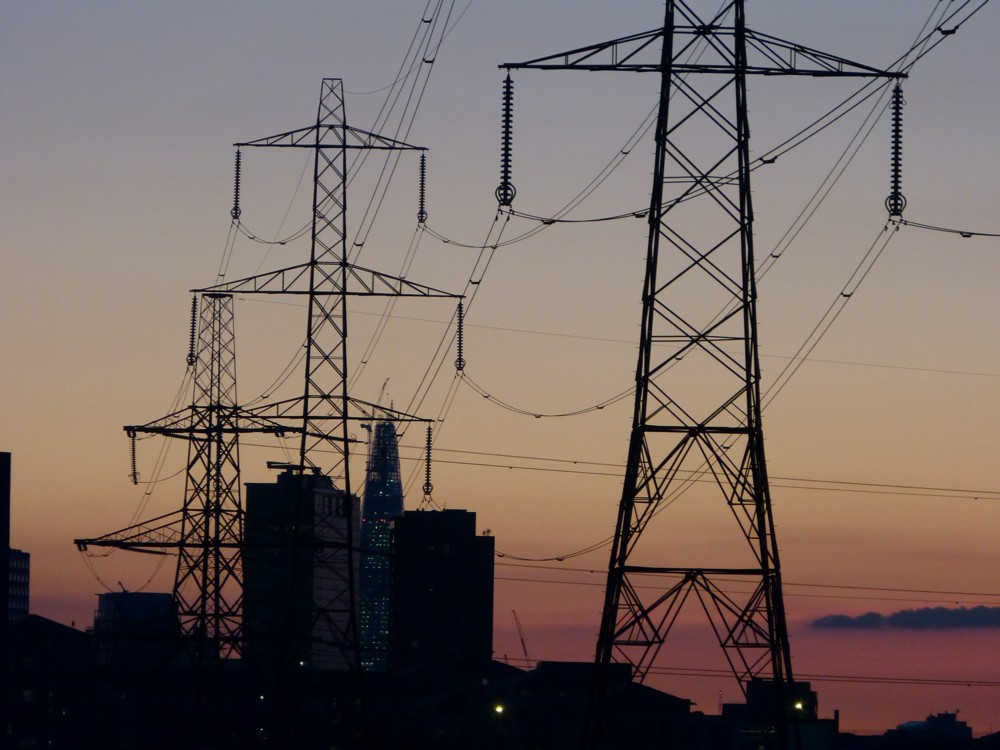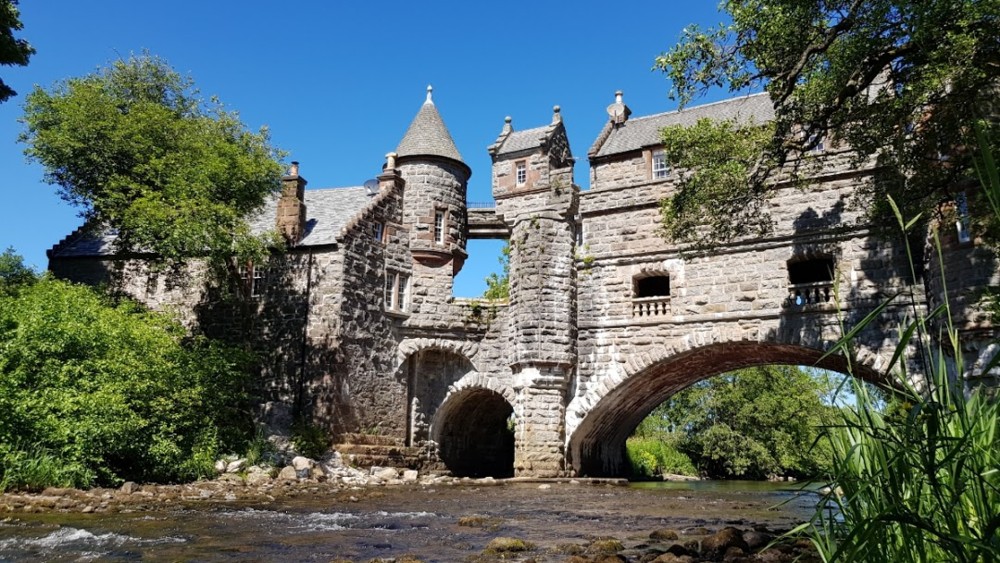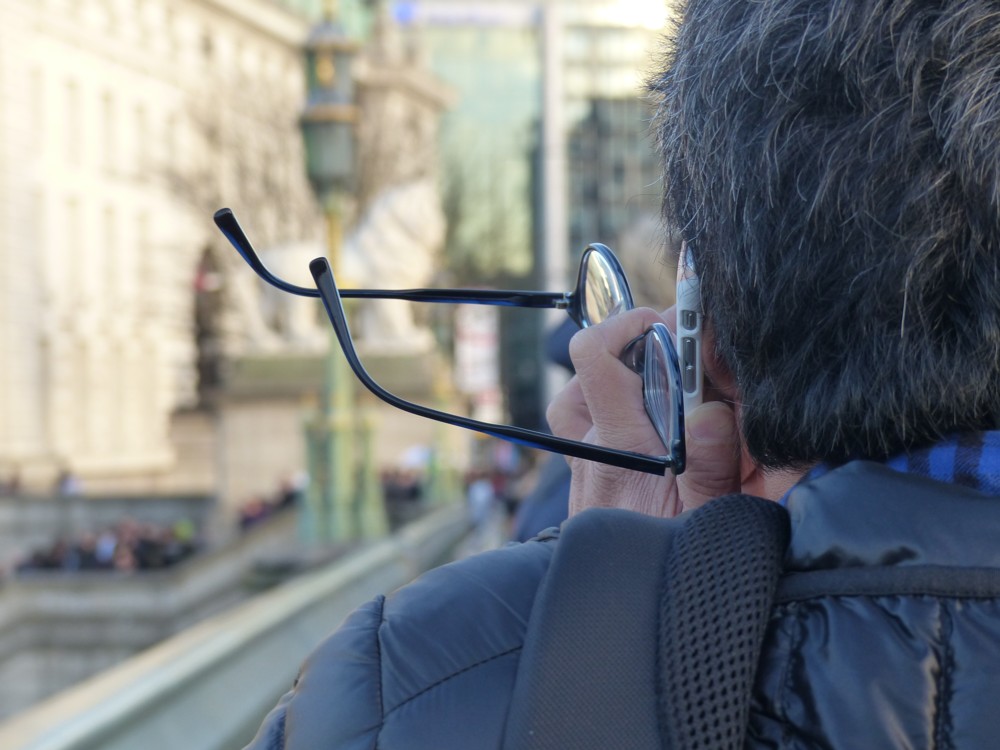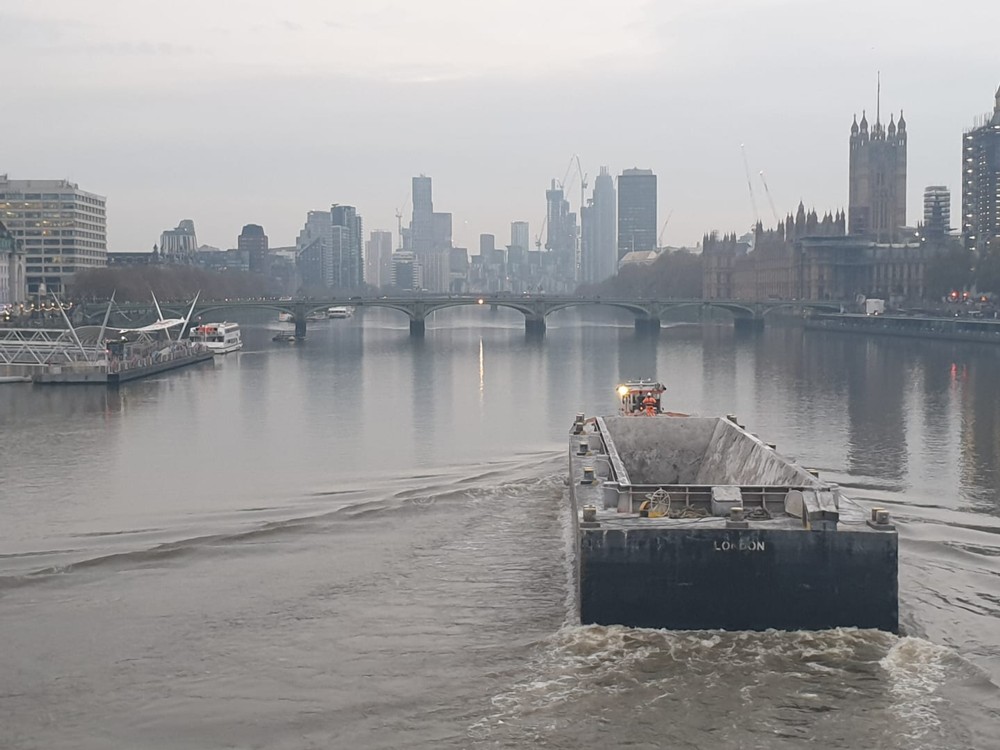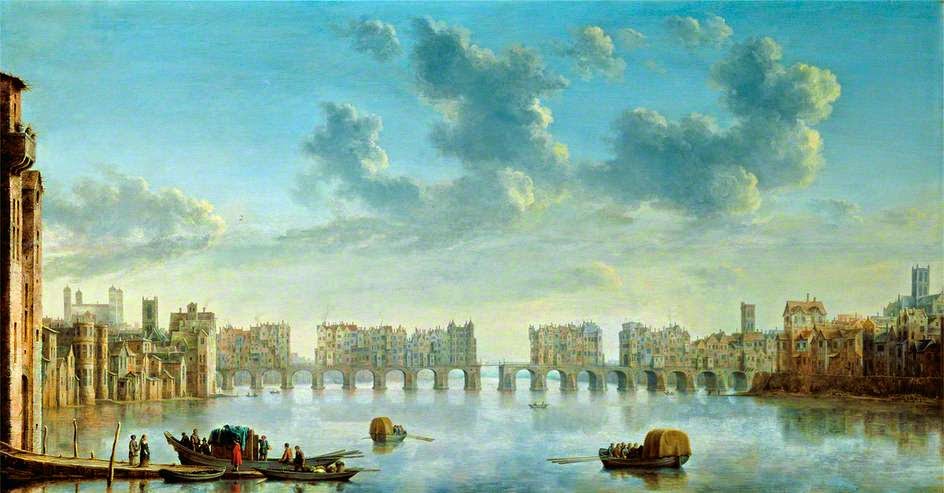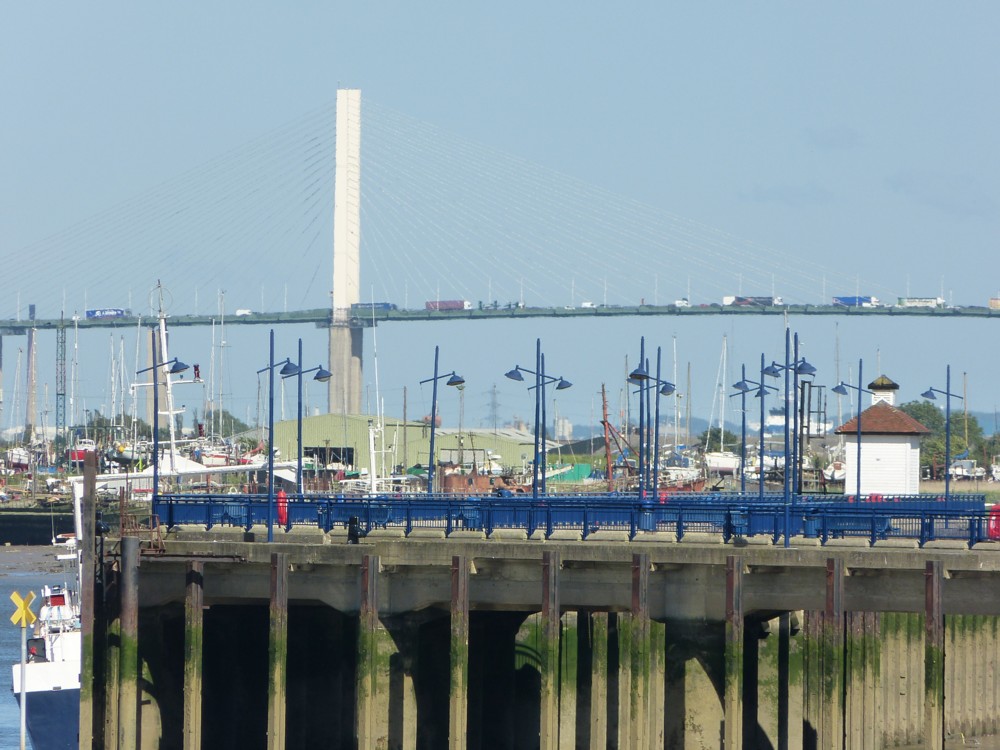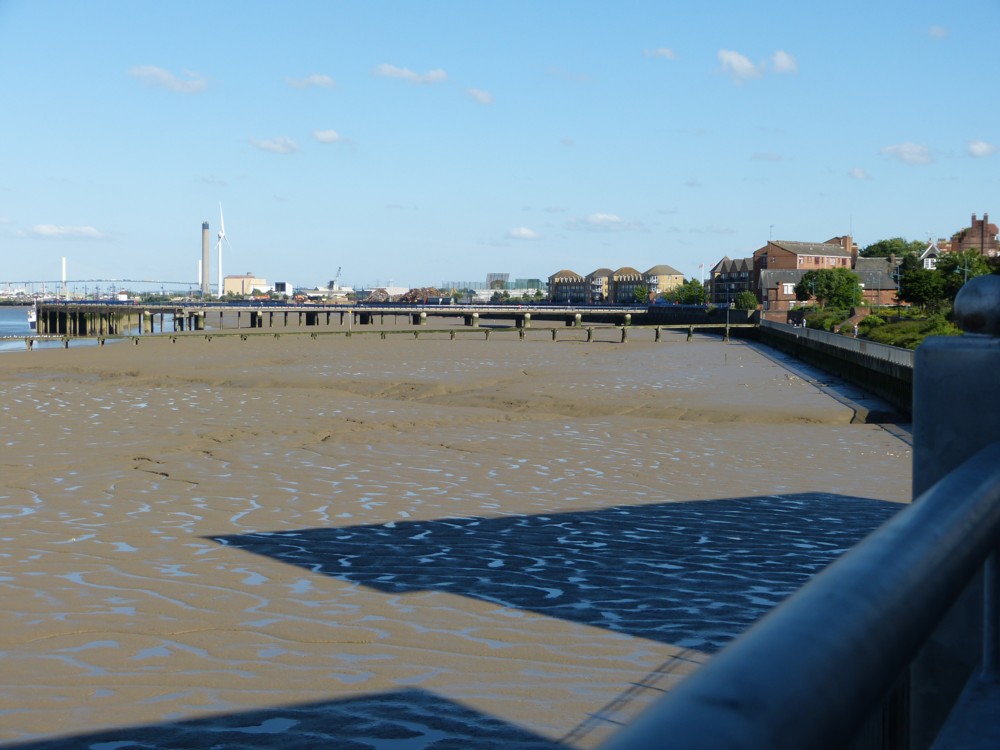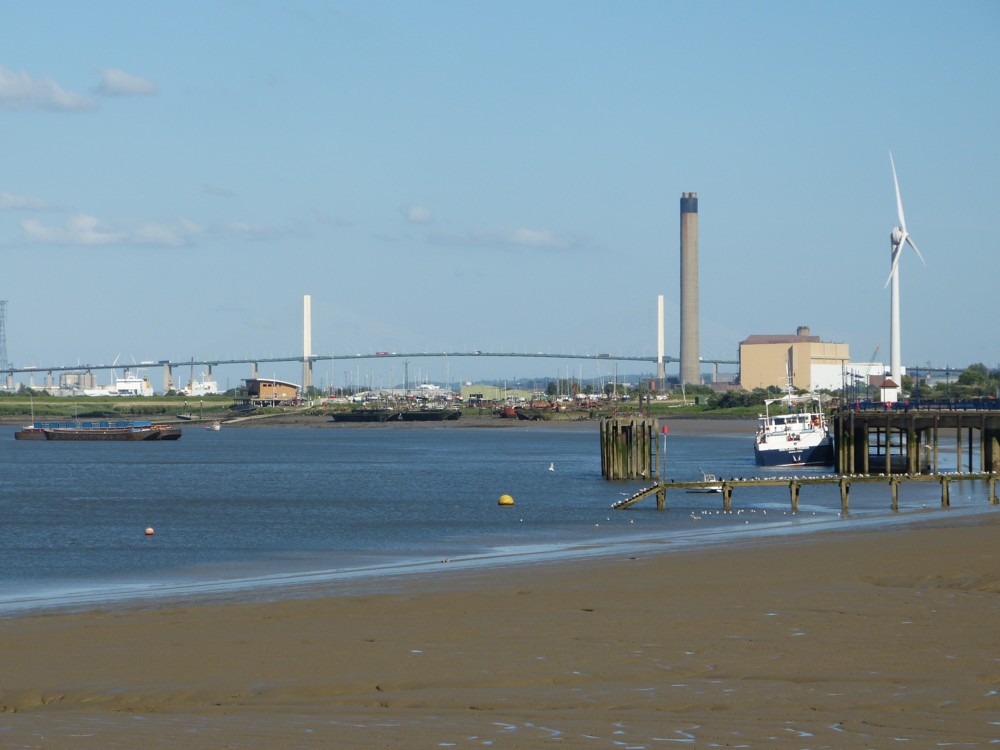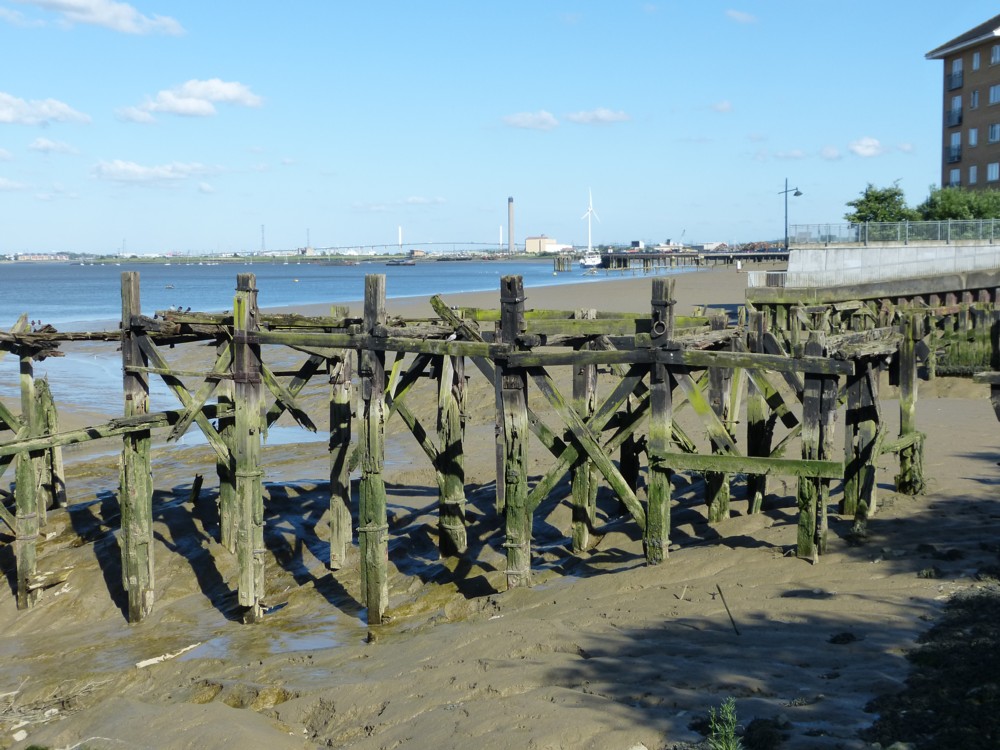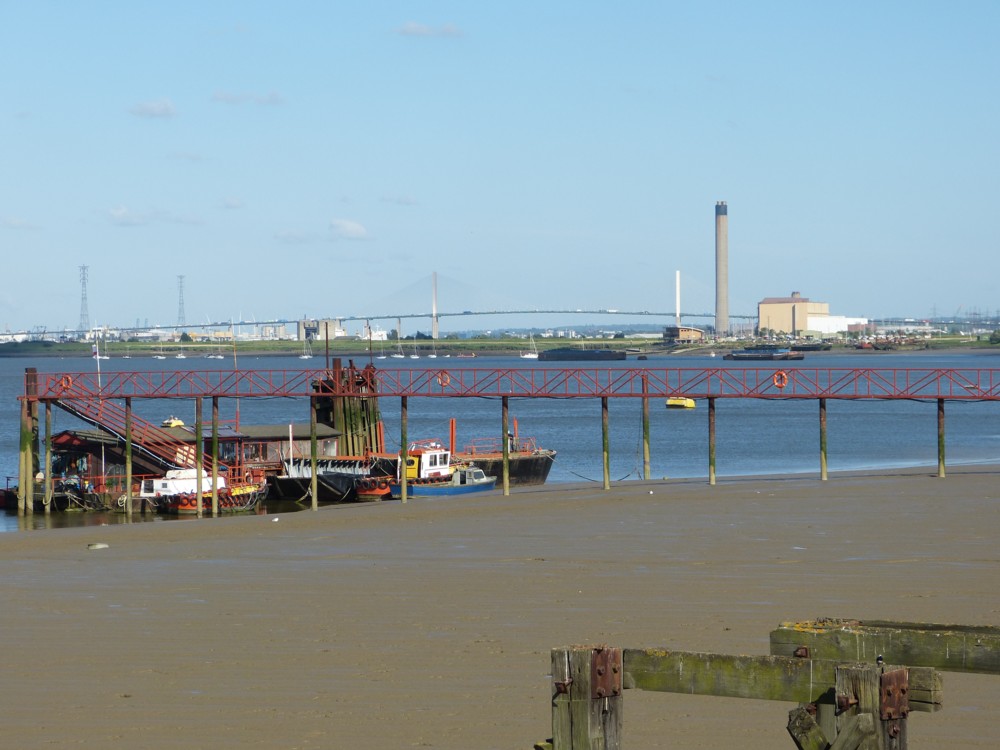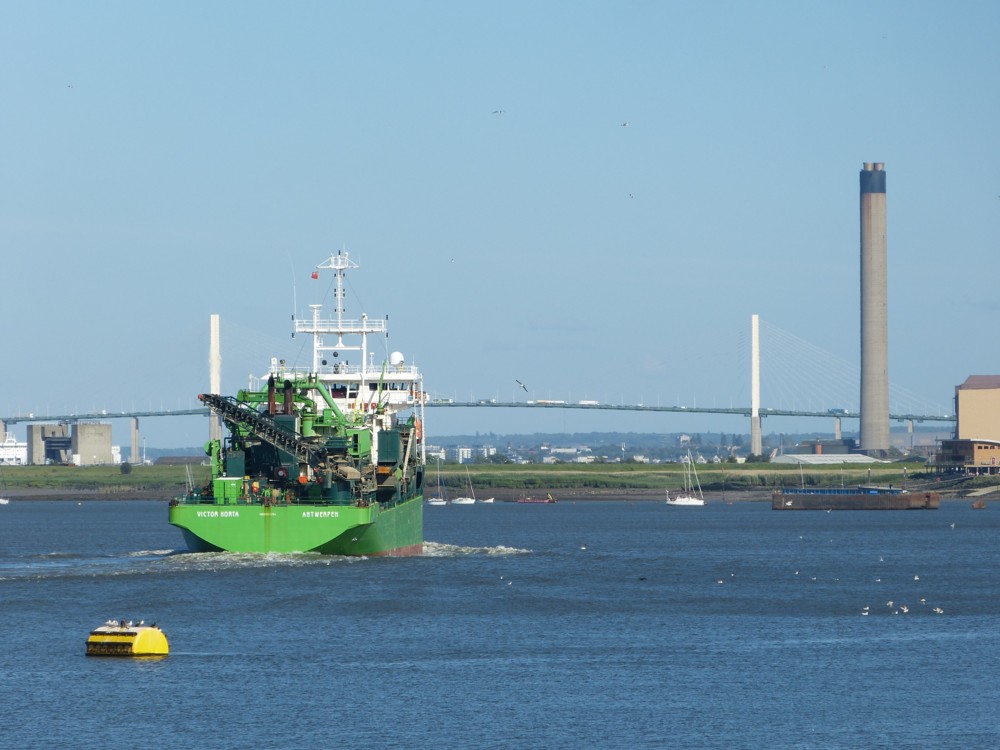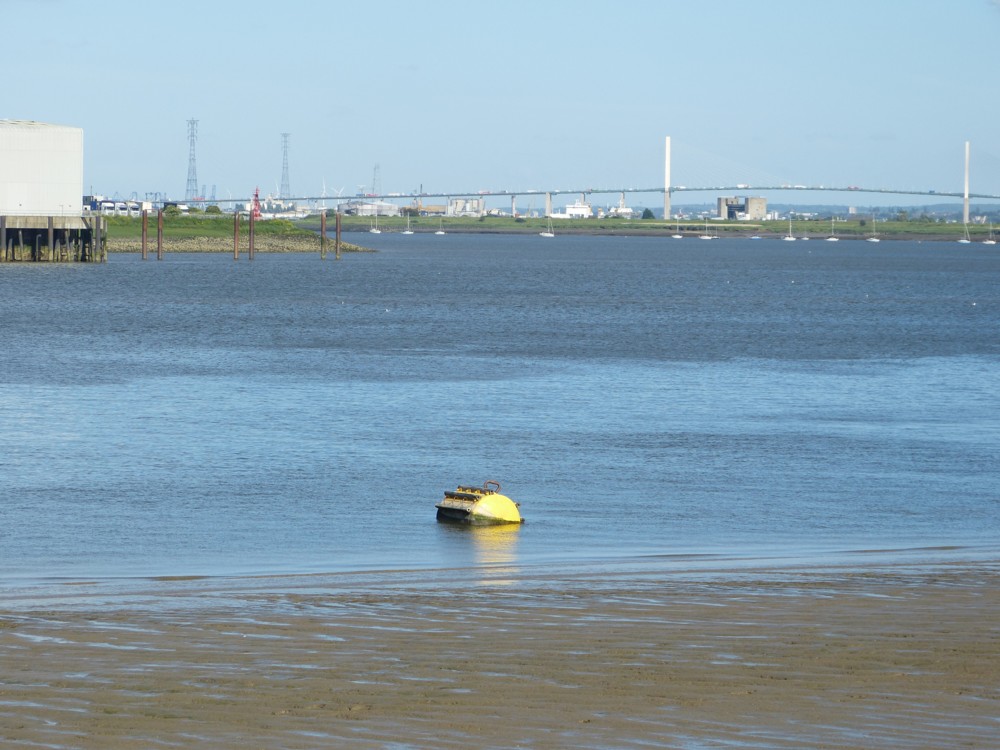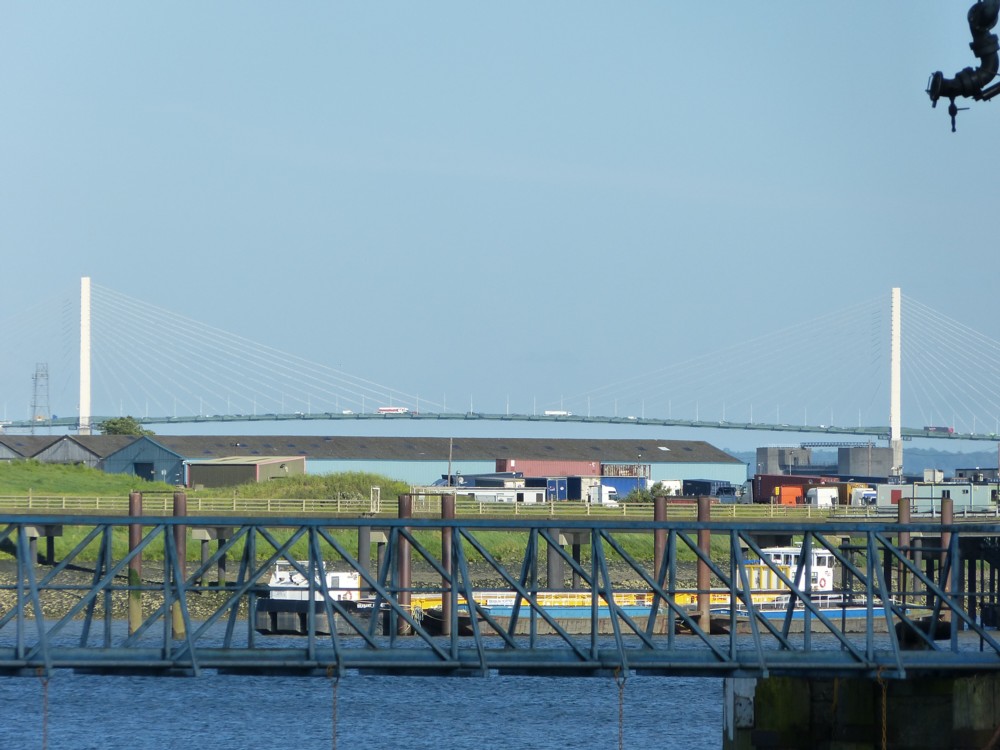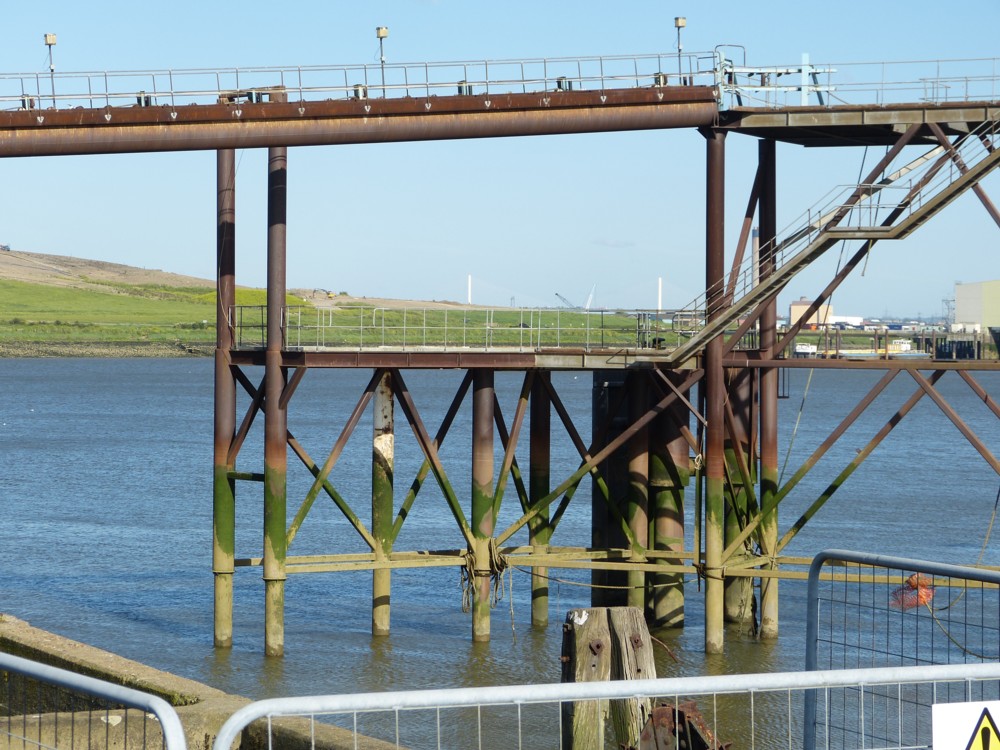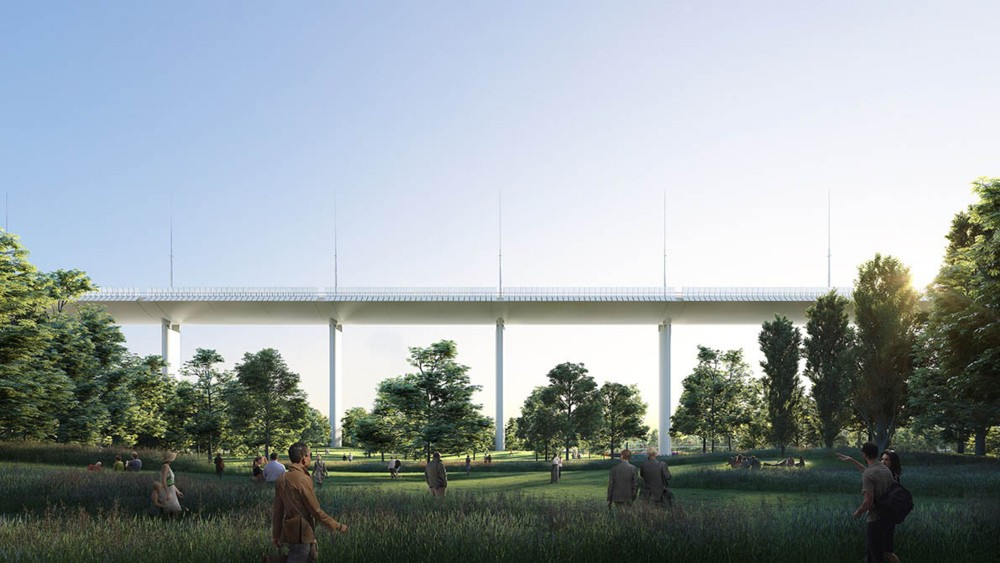Here are some photos I took in and around City Island in 2017, while it was in the process of being constructed:
As you can see, there are maps and images as well as photos of the finished objects, to tell you what this place was going to be like. And cranes.
City Island is a particularly perfect illustration of what Modernist Architecture has now become, and as I have said here before, I quite like it. I especially like how City Island has what amounts to a moat around it, which gives it the appearance of a micro-Manhattan.
I entirely understand why Ancientists think that Ancientist architecture should also be allowed, and I’d also quite like to see more of that. But I suspect that if there were more of that, even the protagonists of such buildings would find themselves being somewhat disappointed, both in how others react and in how they find themselves feeling about what they were in theory so keen on seeing.
The basic aesthetic problem that new building of the sort we see on City Island is the sheer amount of it that is liable to be happening at any given moment. If lots of buildings are required, all for some similar purpose, then whatever gets built is liable to start out looking and feeling rather meaningless. And that emphatically will apply, I believe, if a mass of fake-Ancient buildings is what happens. That is awfully liable, at least to begin with, to look all fake and no Ancient. To look, in short, meaningless. So, why fight it? Why not build what makes economic sense, in a style that is rather bland, but efficient and reasonably smart looking, and be done with it?
What gives meaning to buildings is not just the way they look when they first appear; it is the life and the work that subsequently get lived and done in them. Because of those things, buildings acquire a particular character, and people start to have positive feelings about those buildings, provided of course the life and work they associate with the buildings is something they also have a positive feeling about.
If people hate what happens in new buildings, they’ll hate the buildings and yearn to see them destroyed, no matter what style they were built in.

